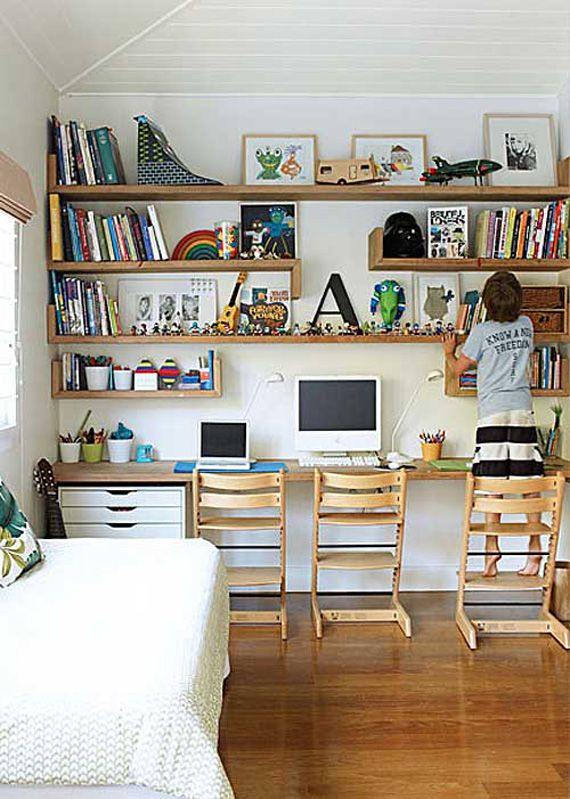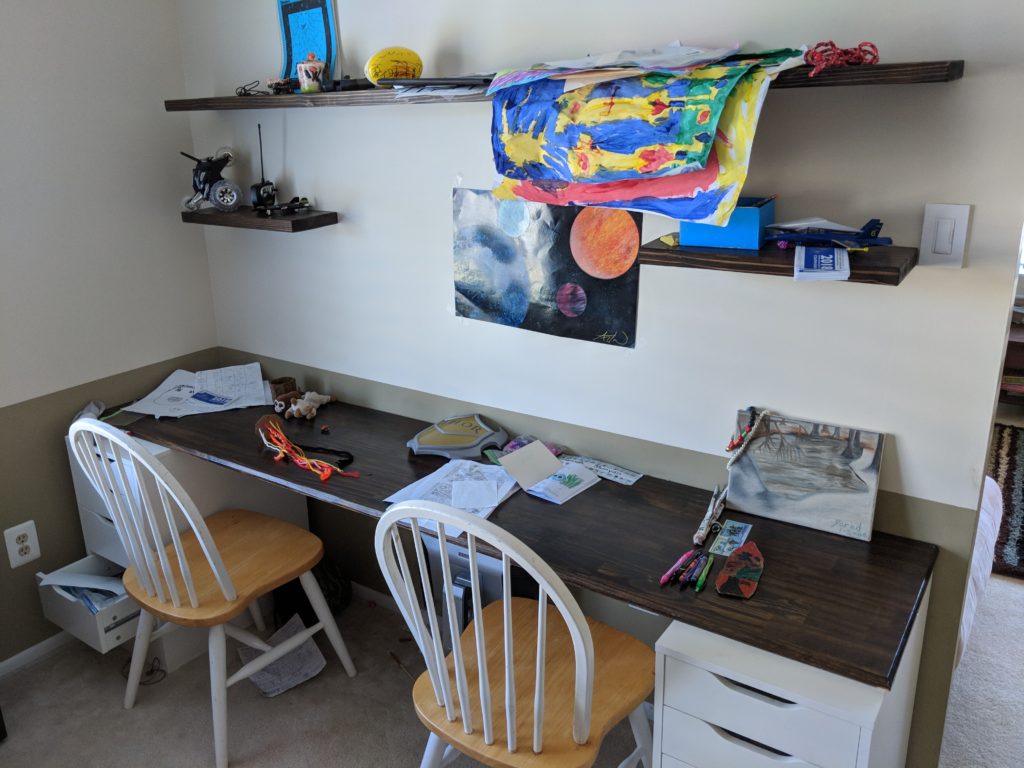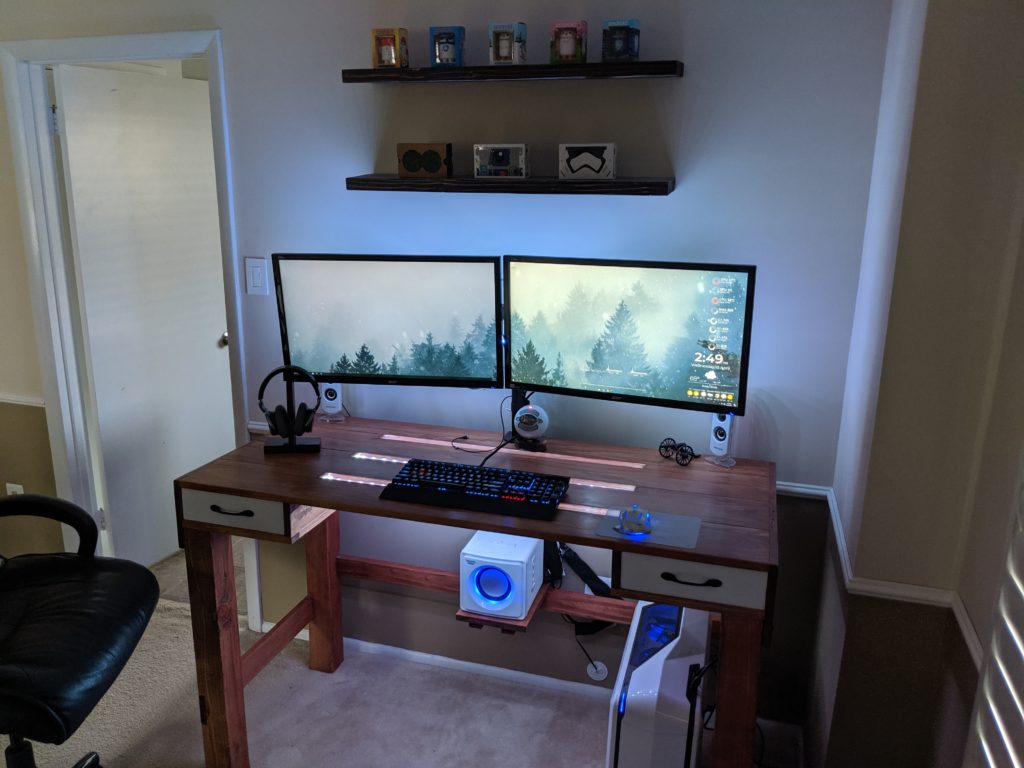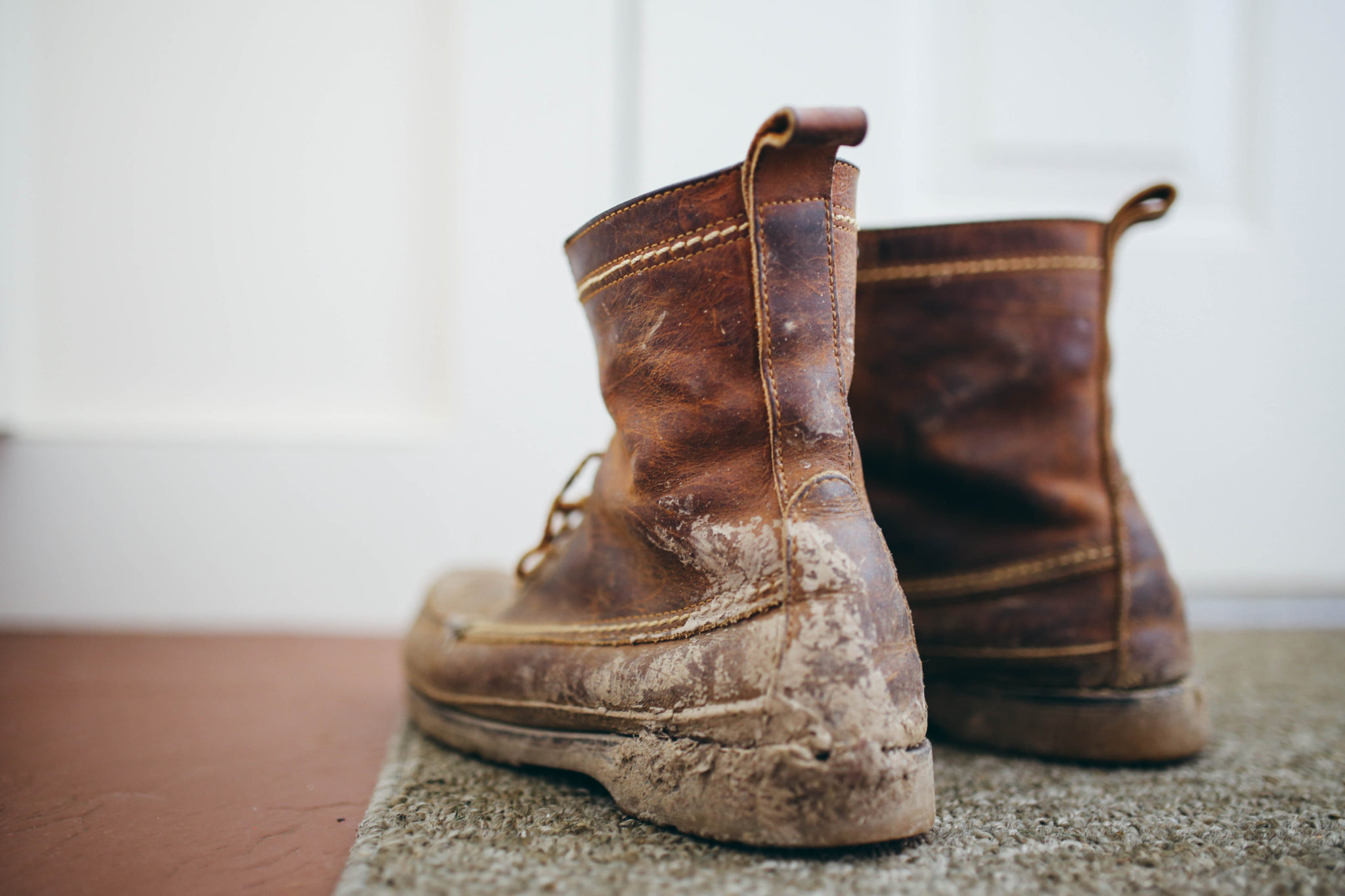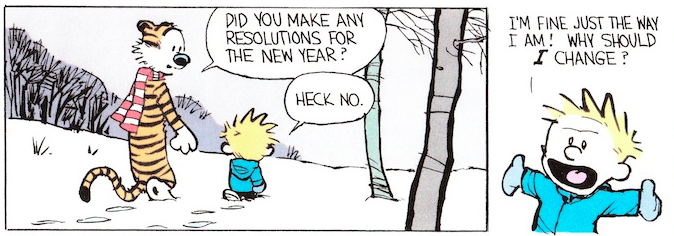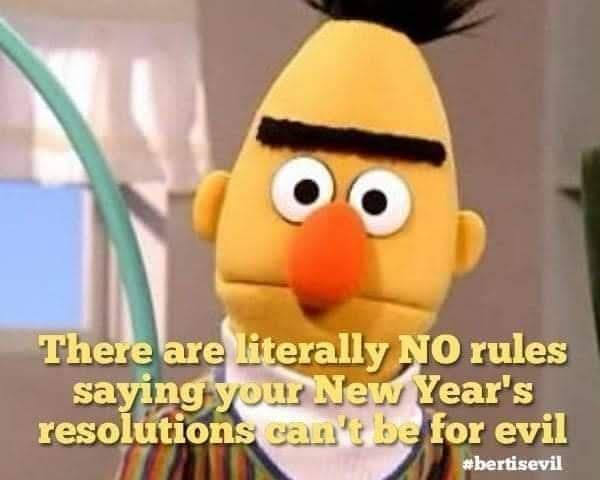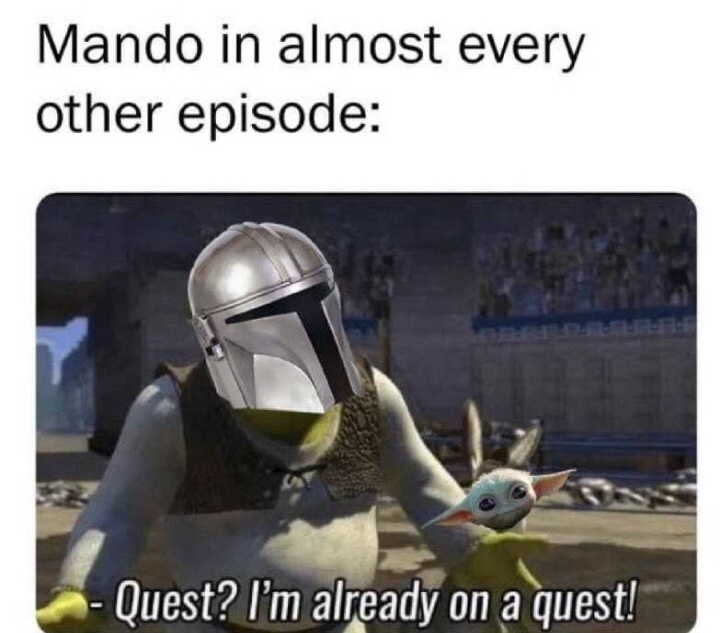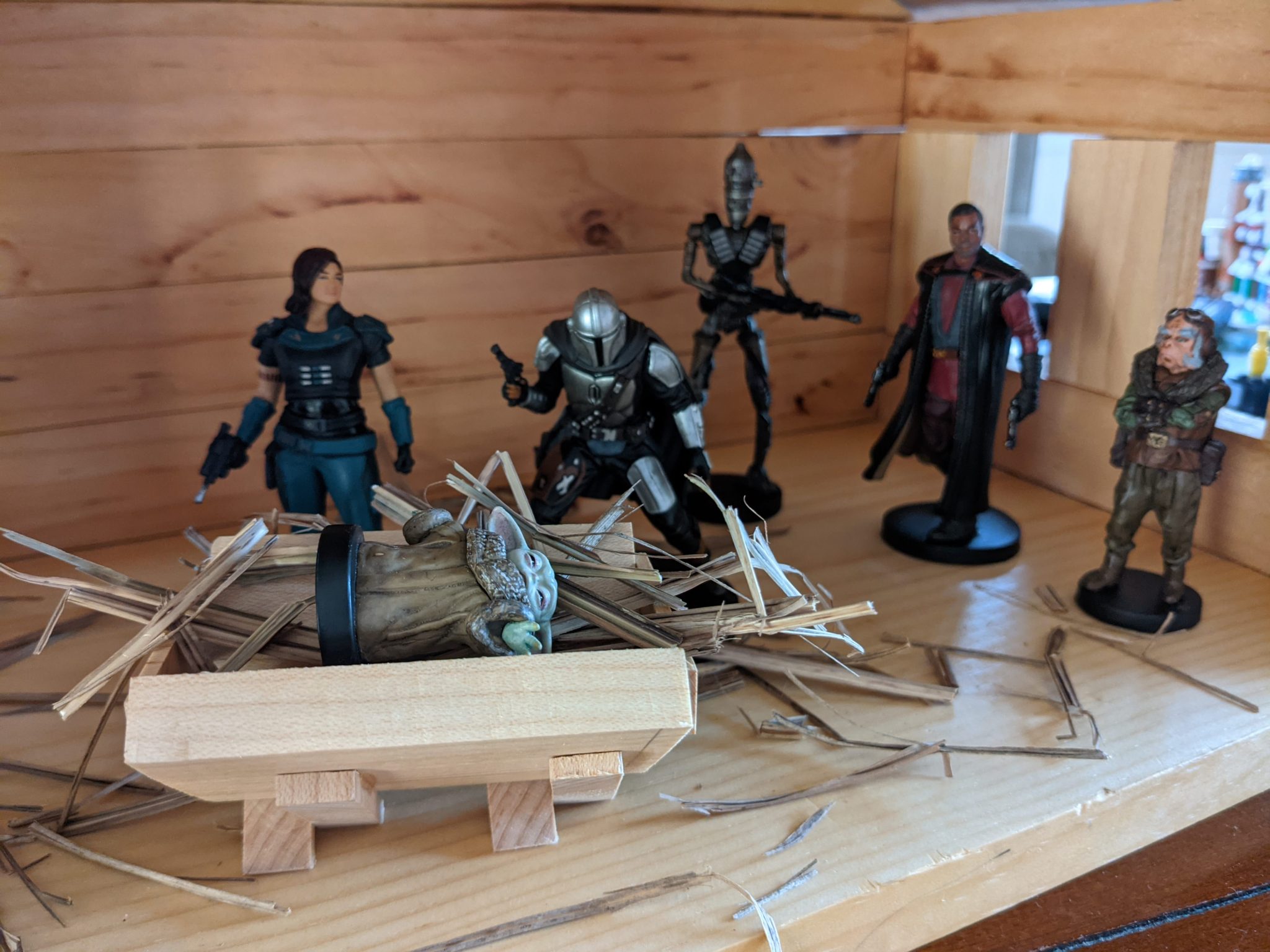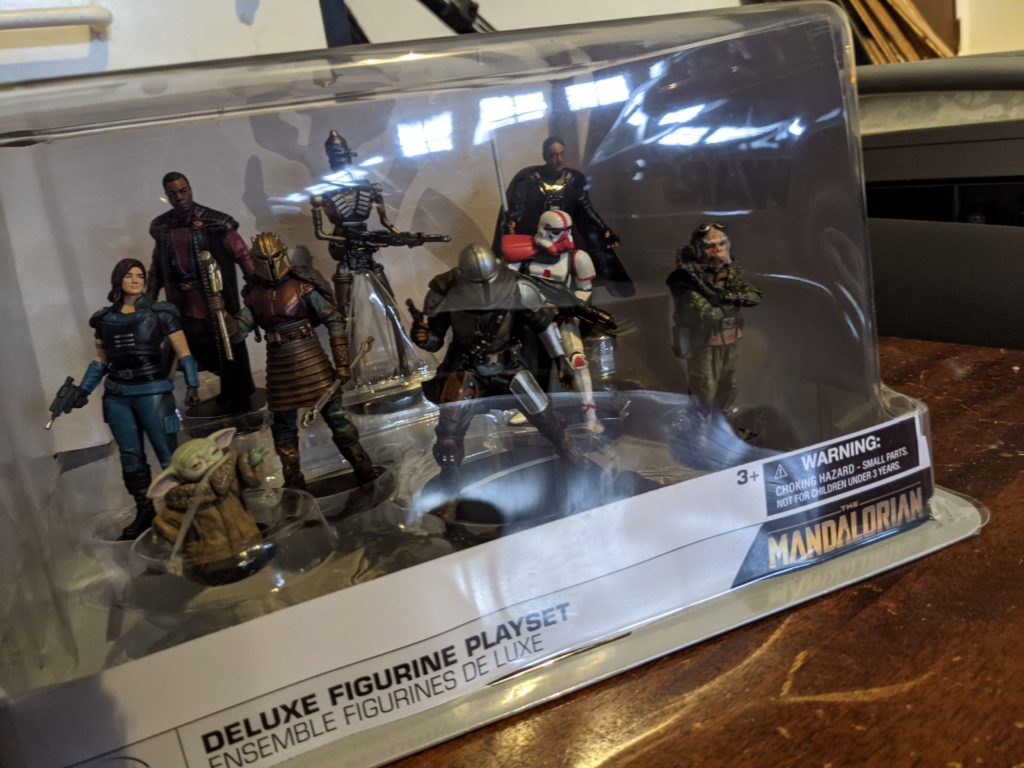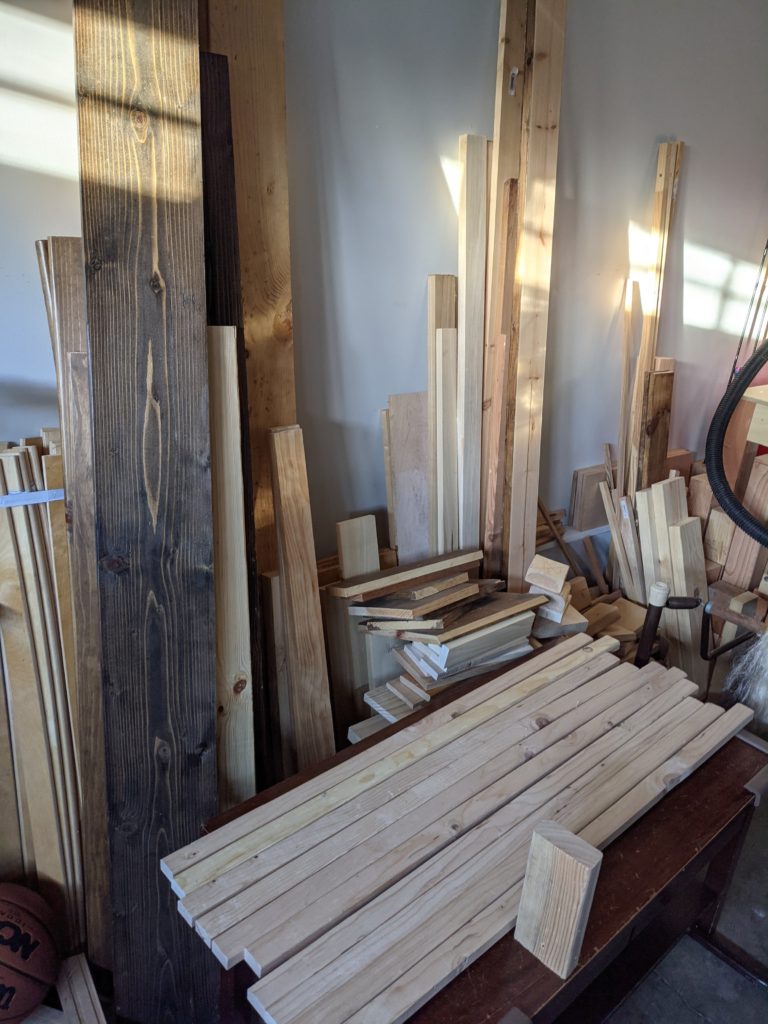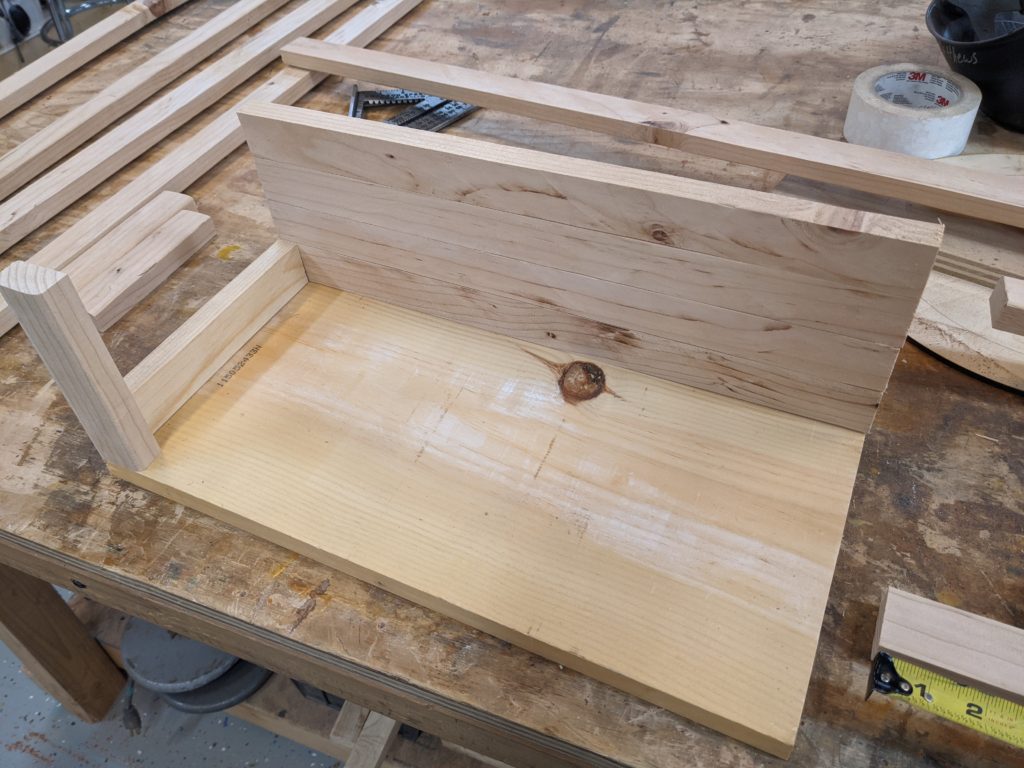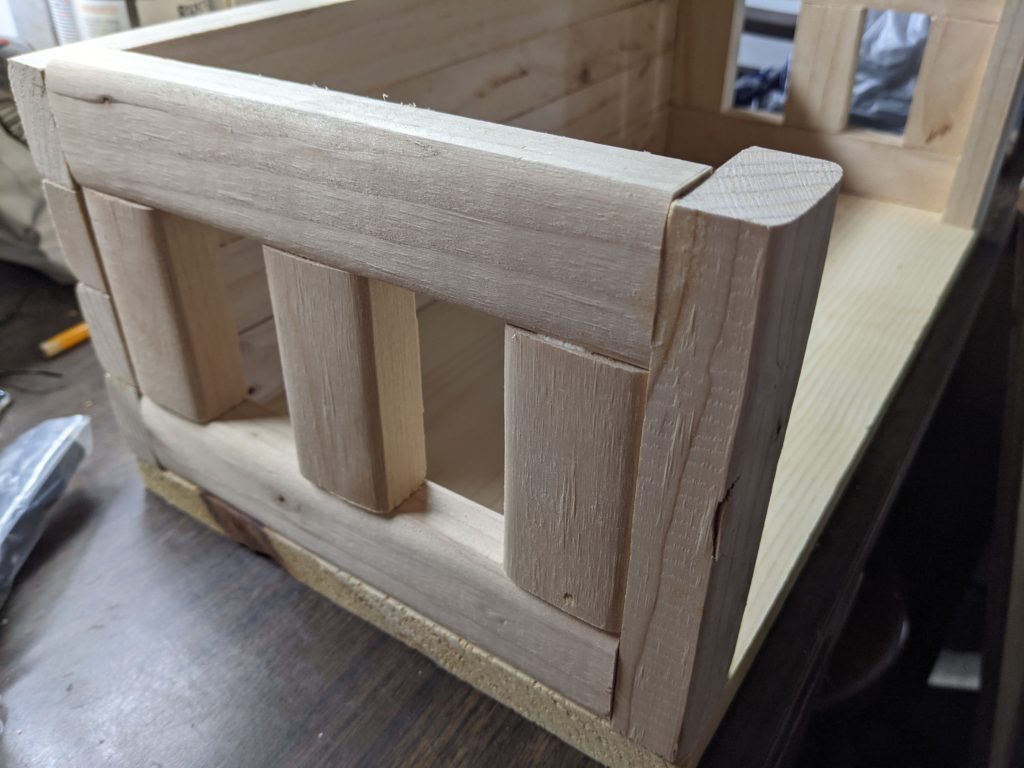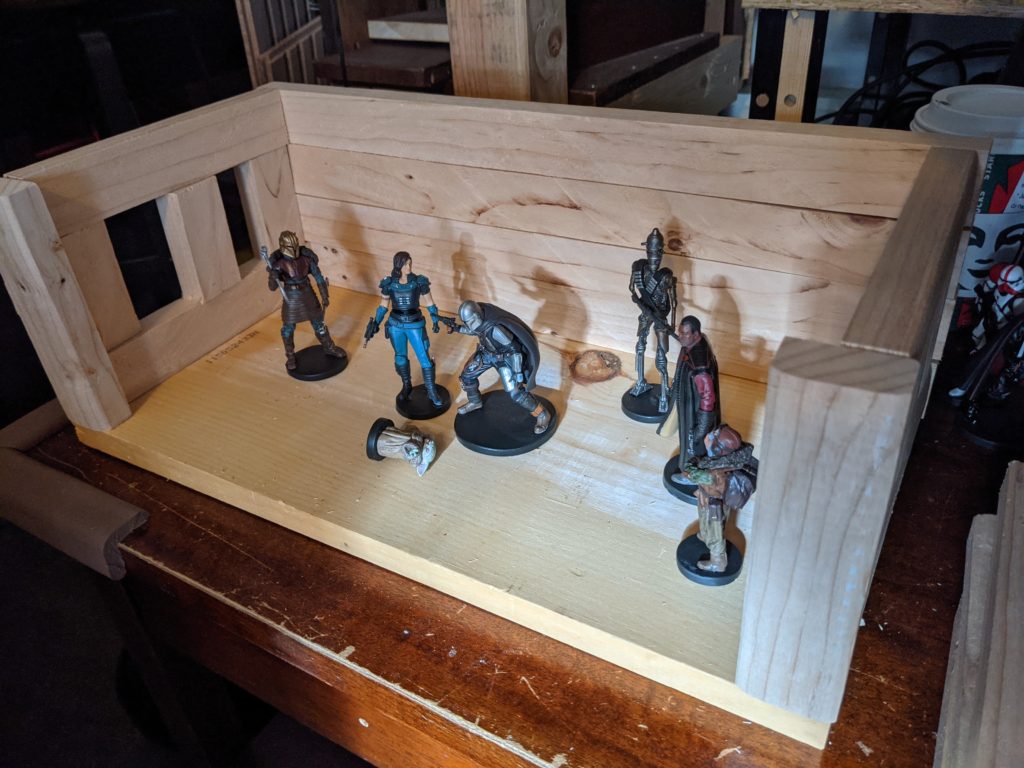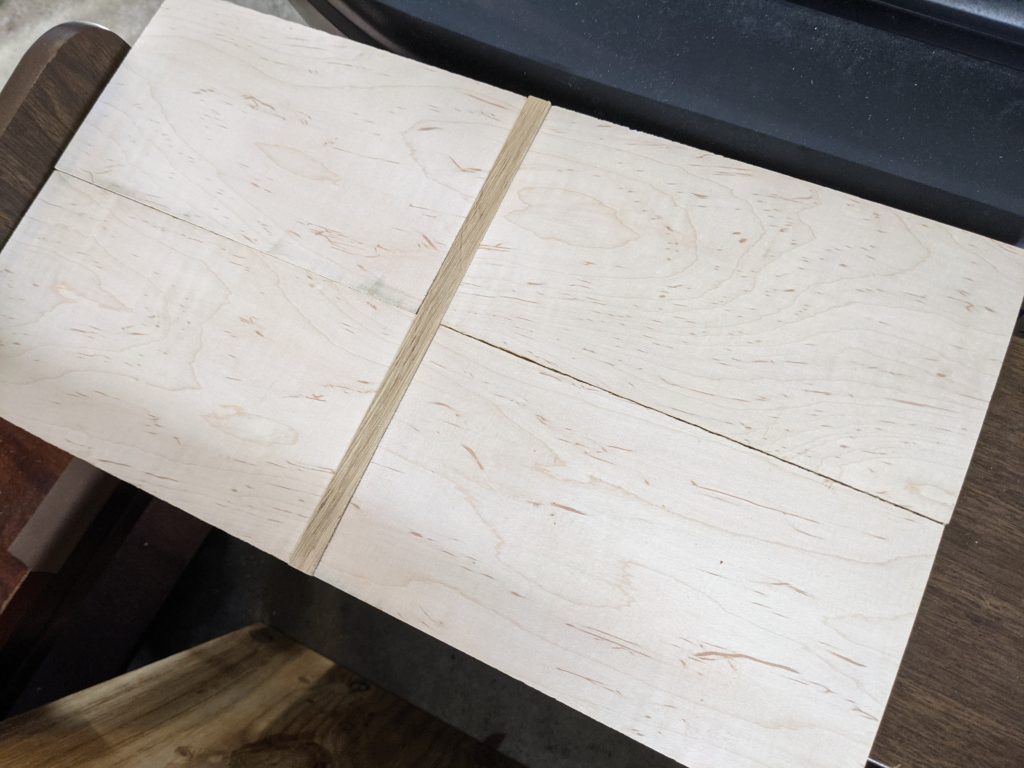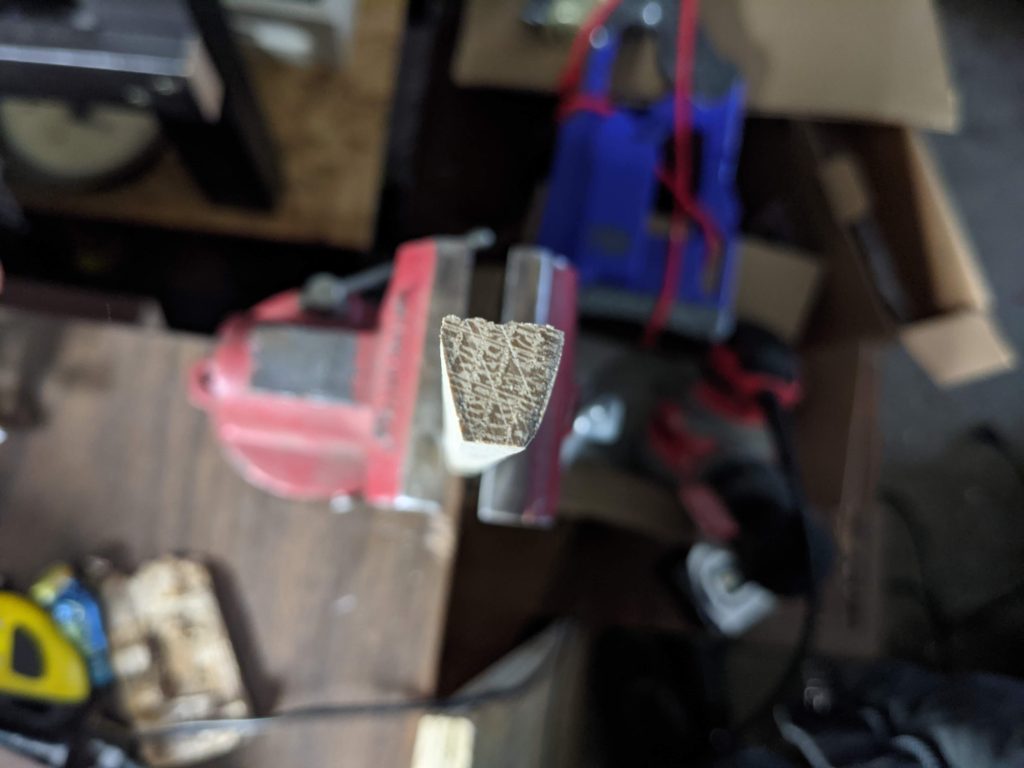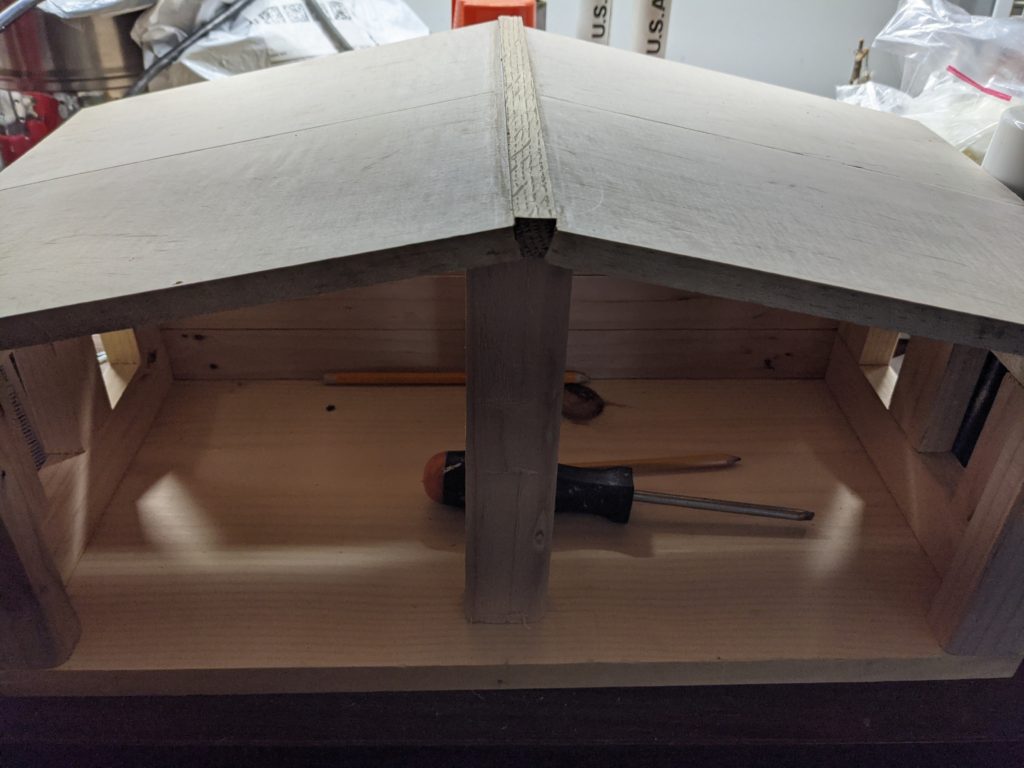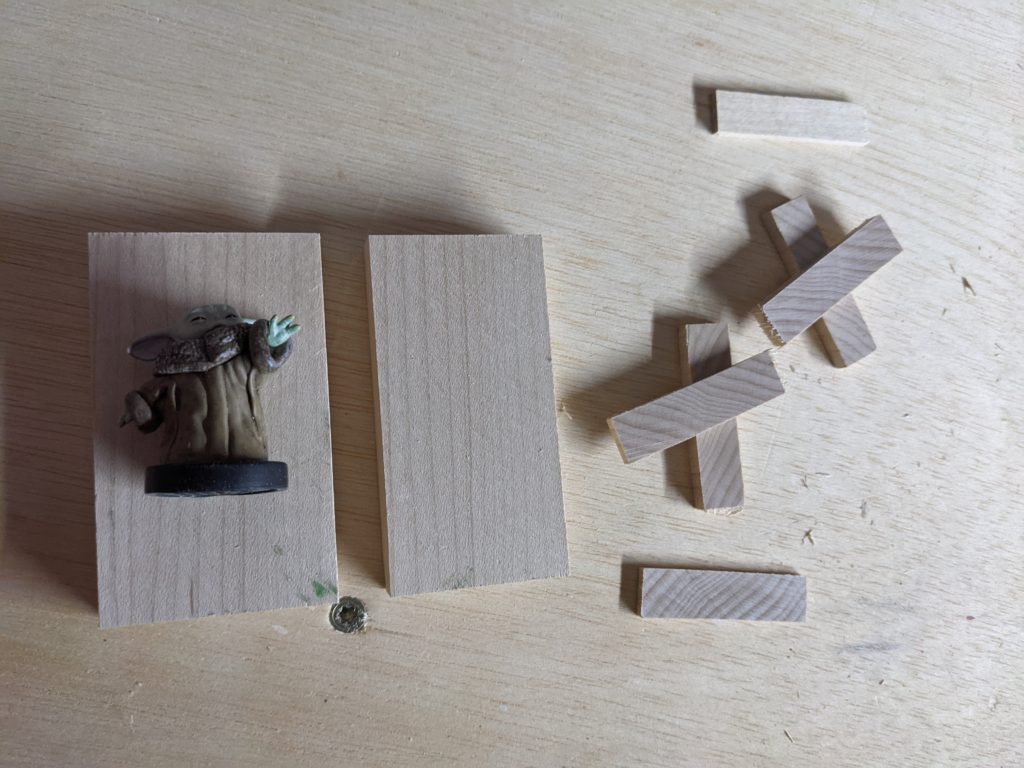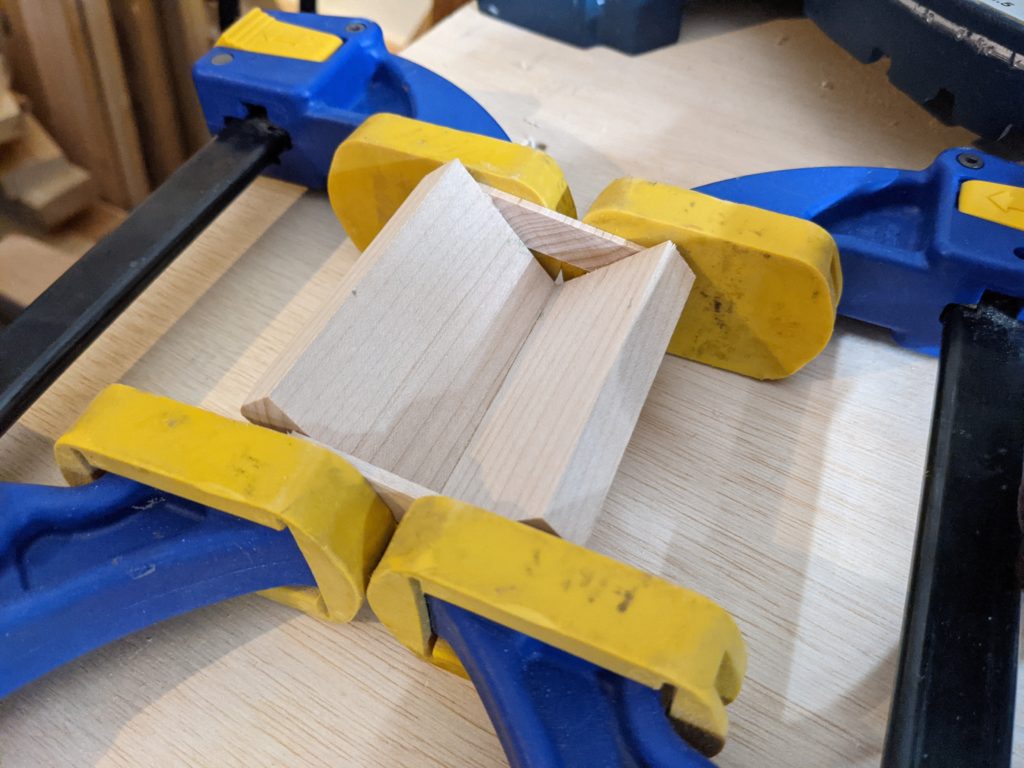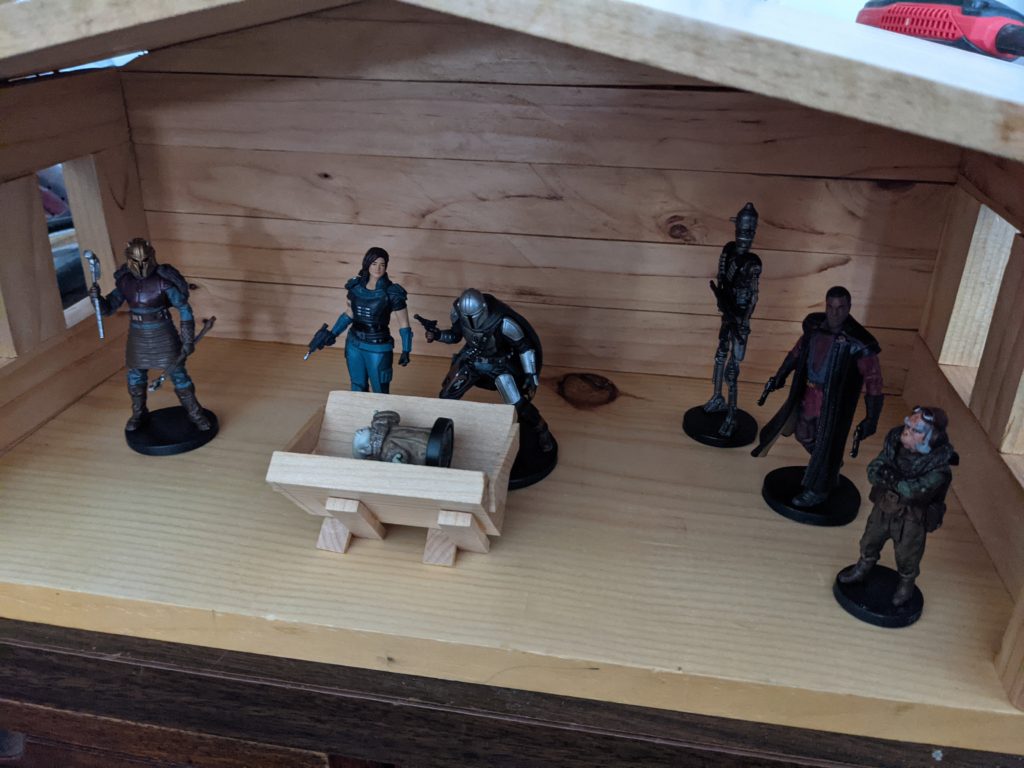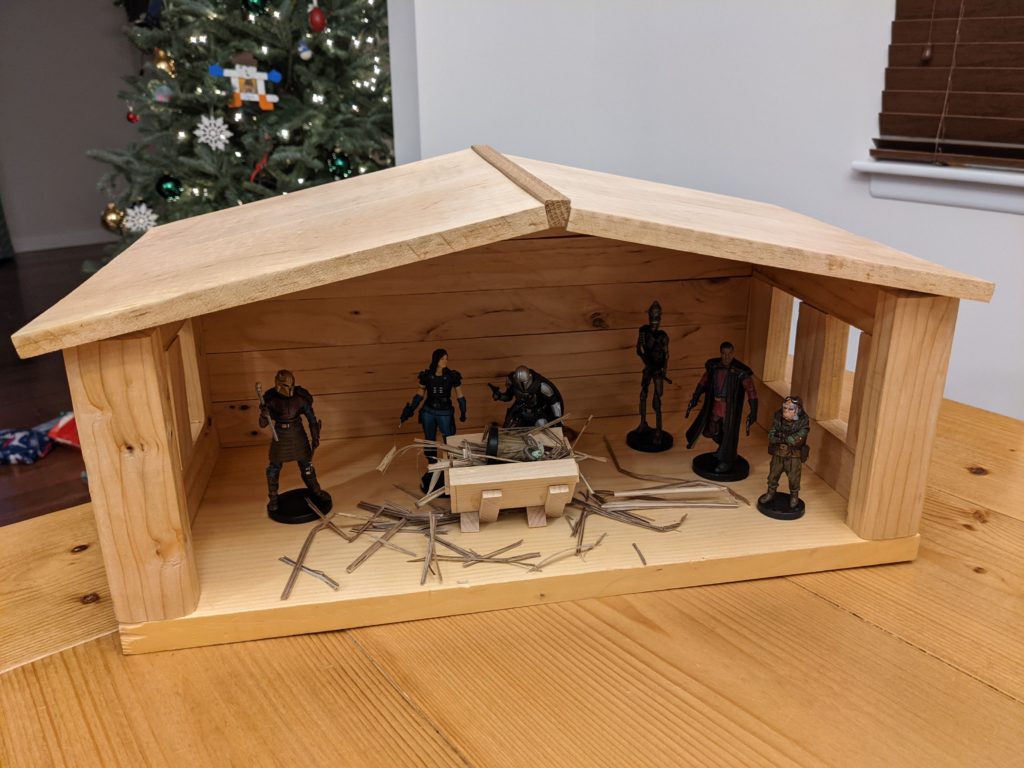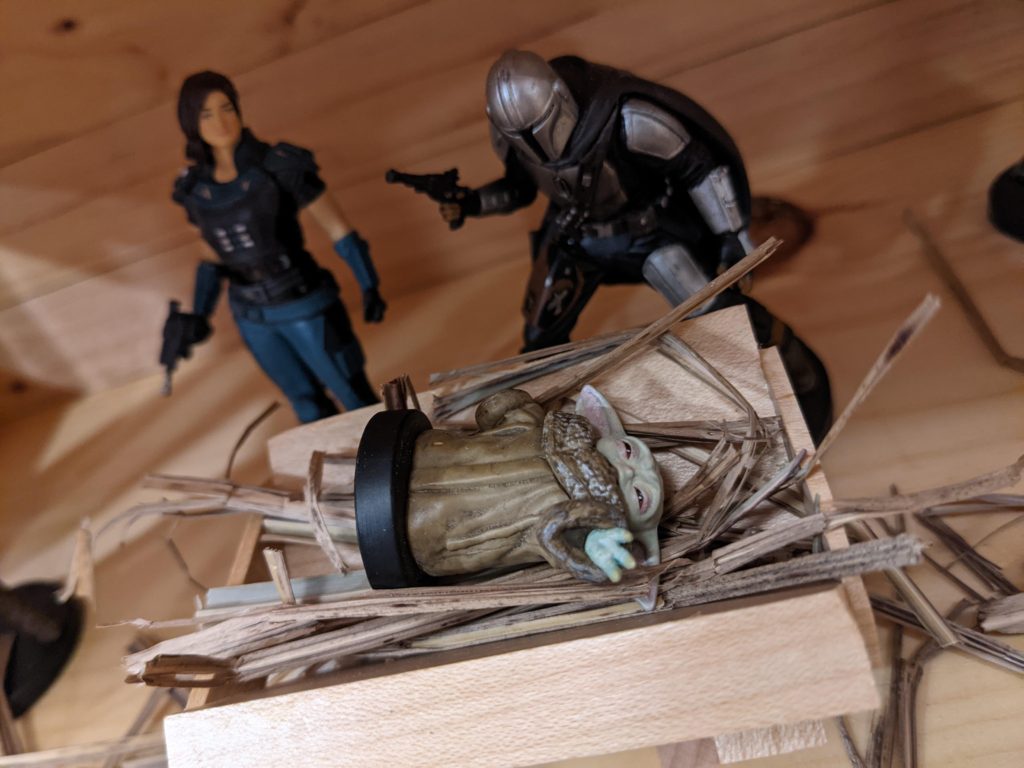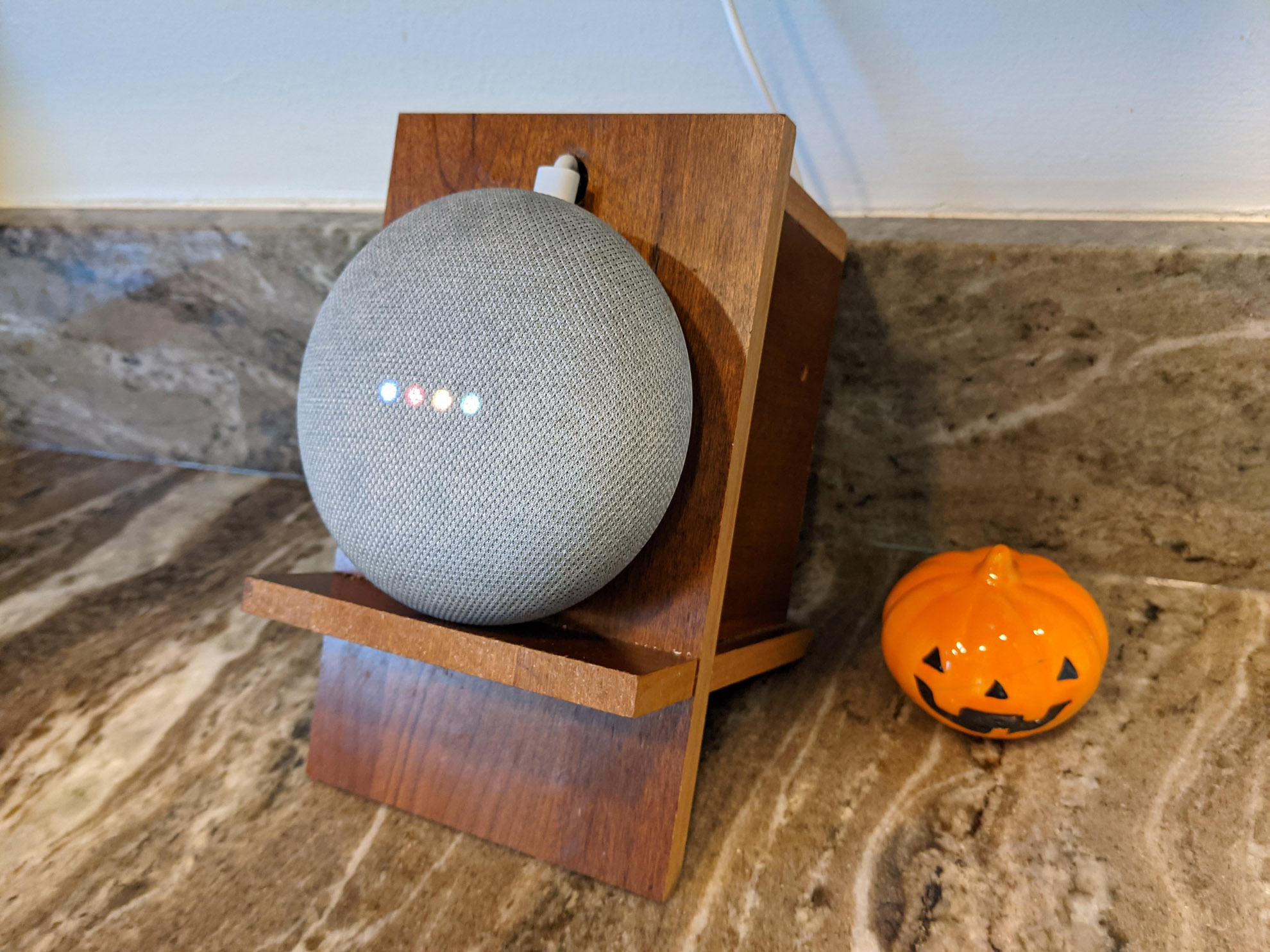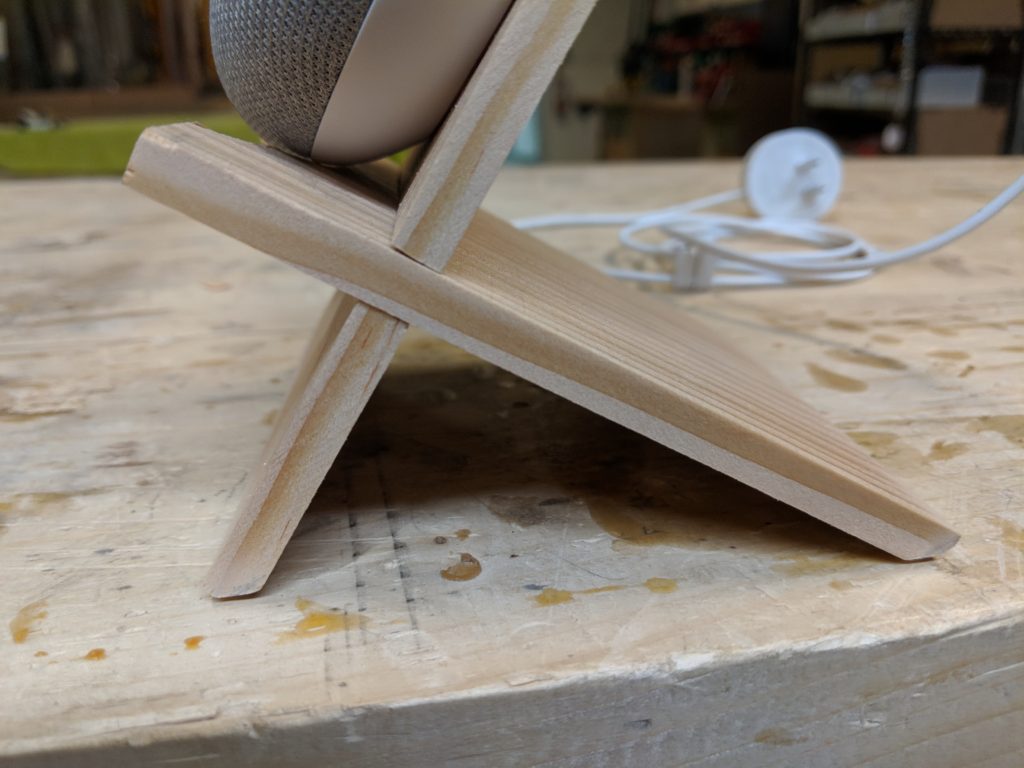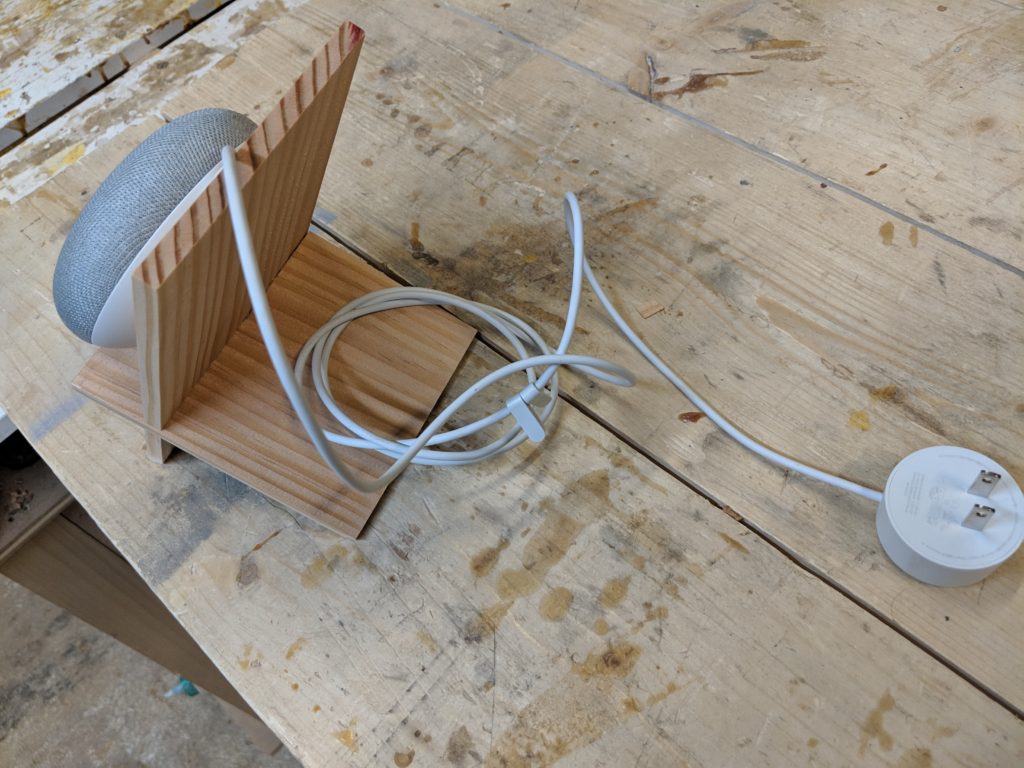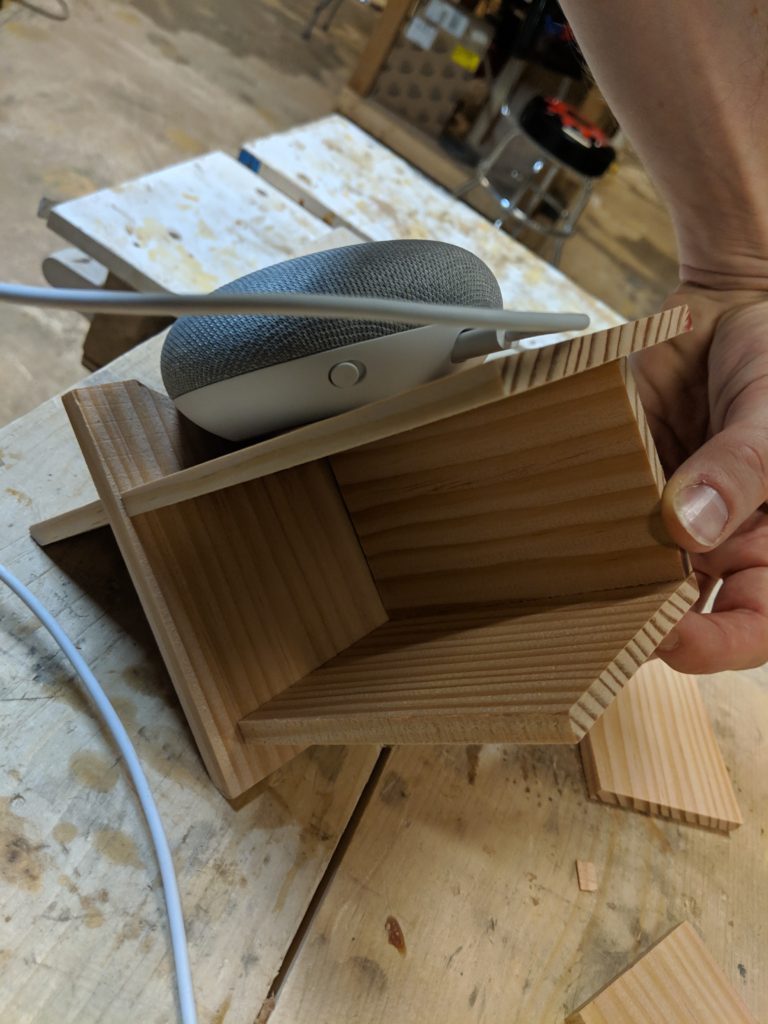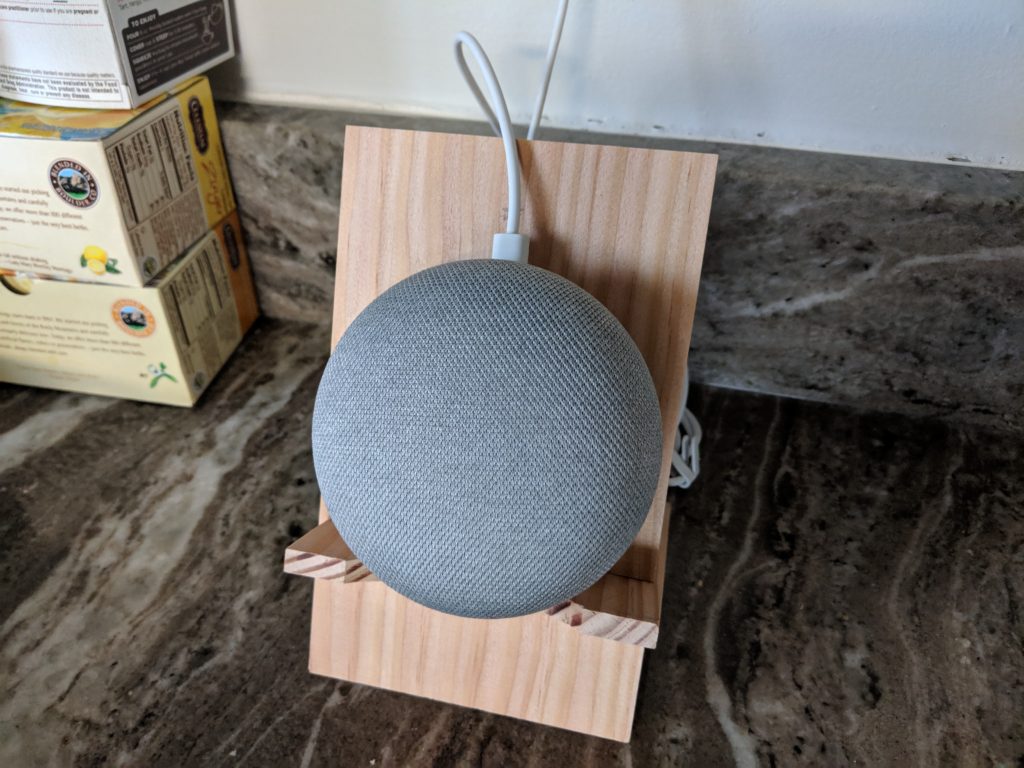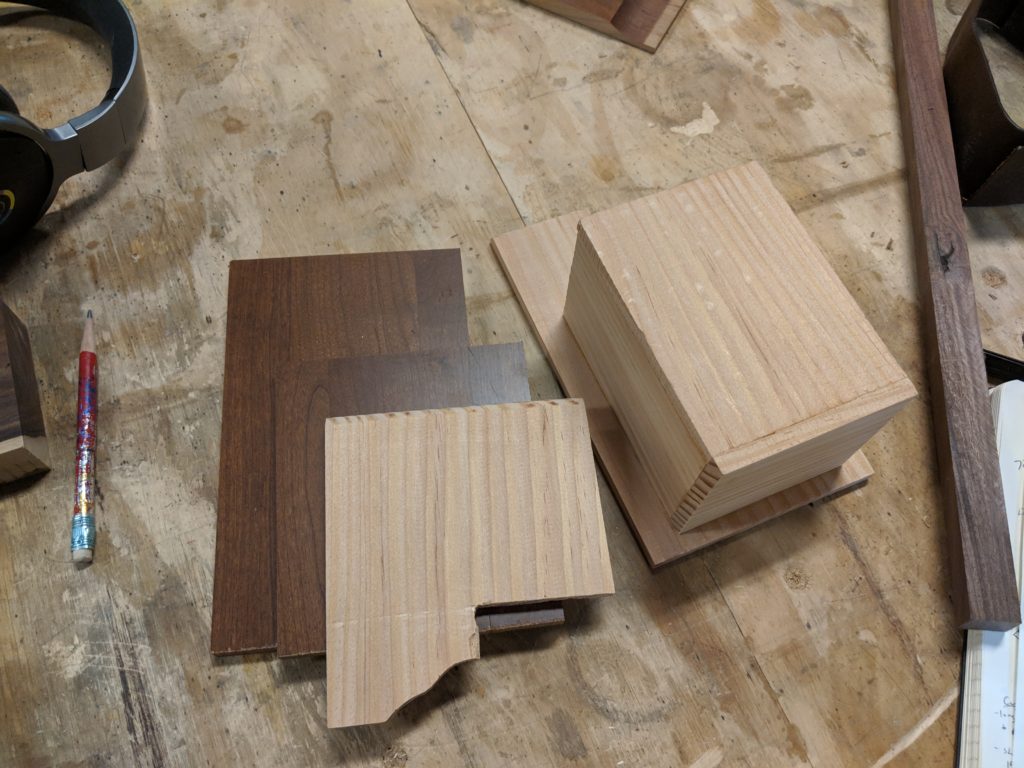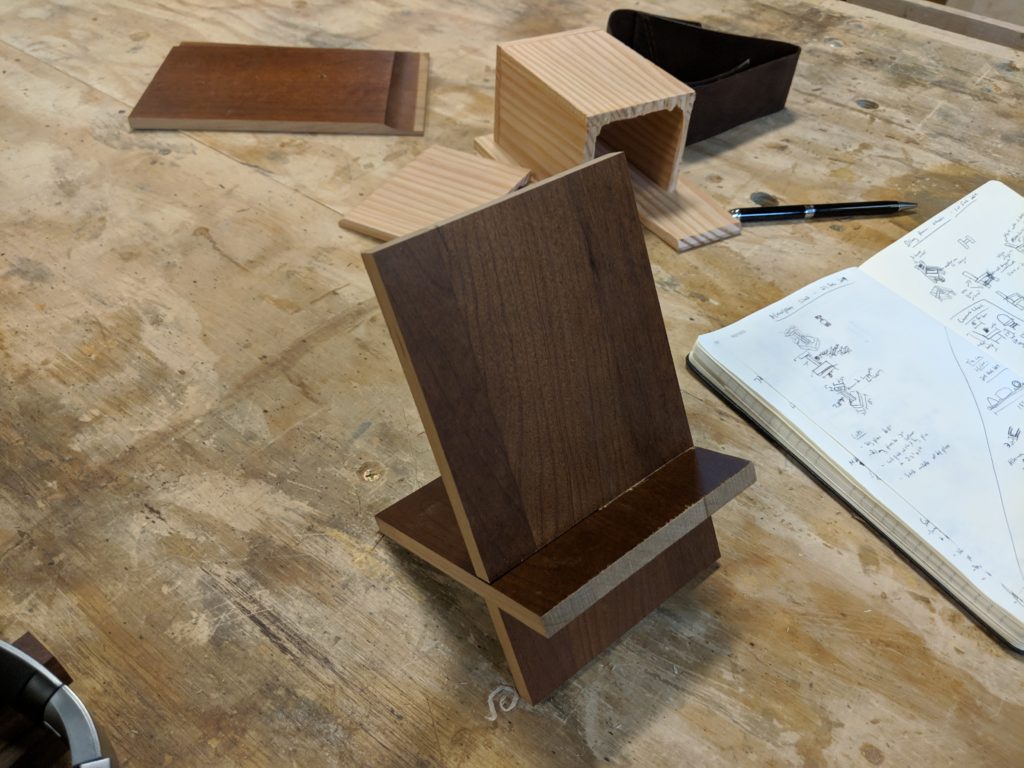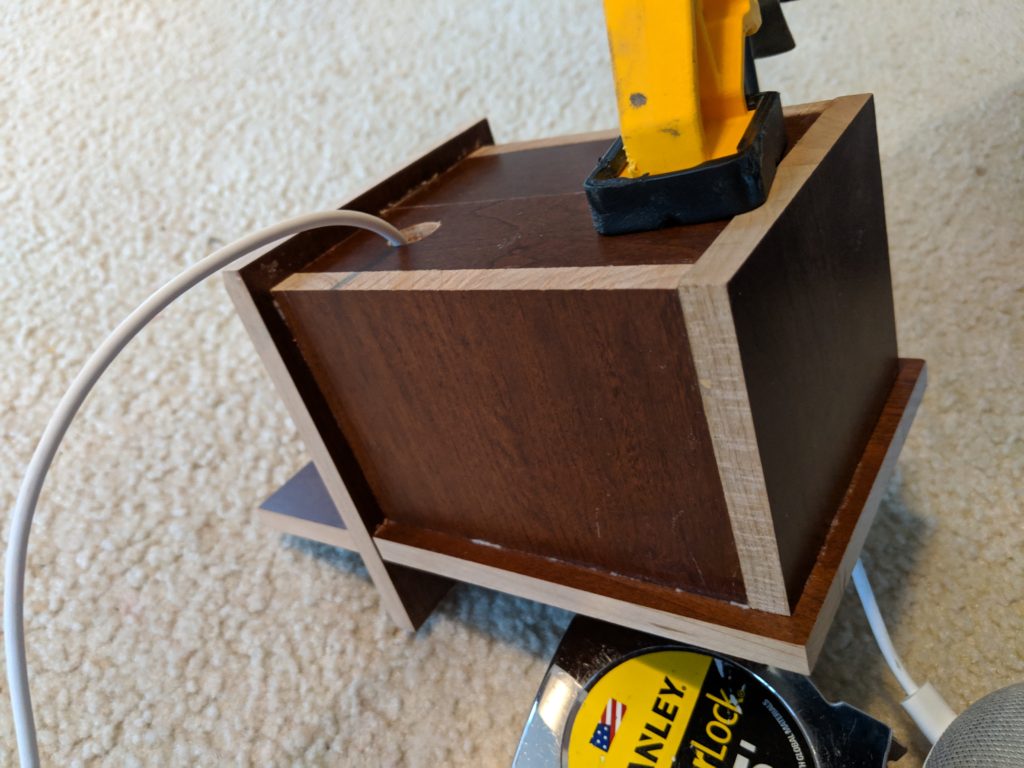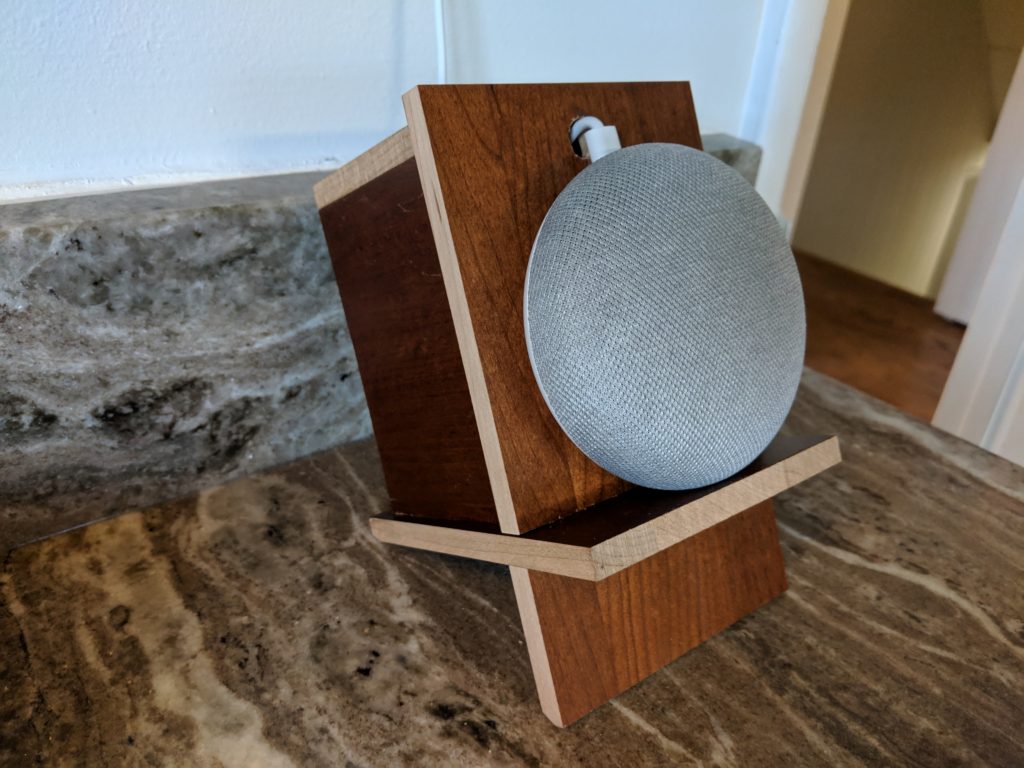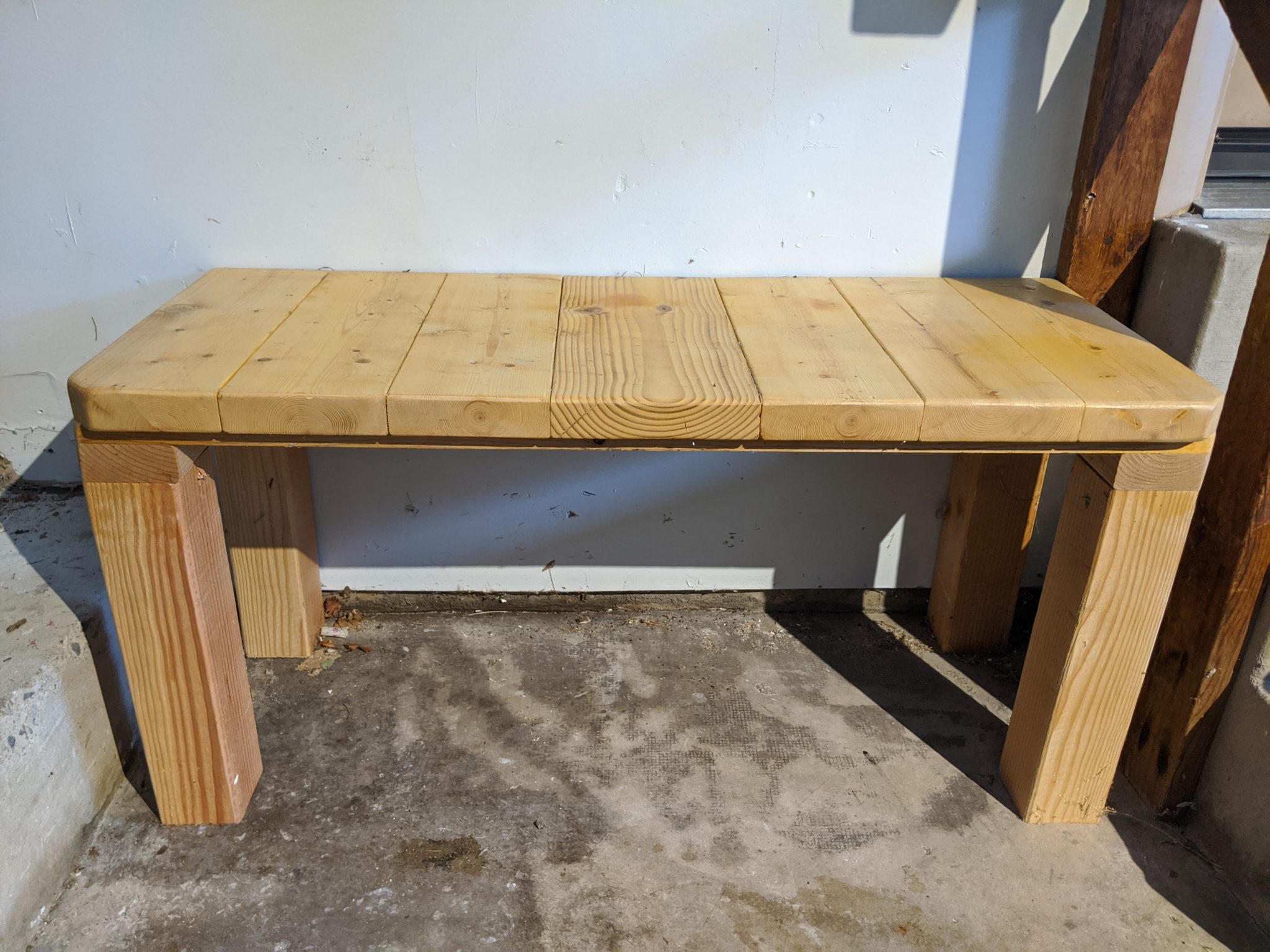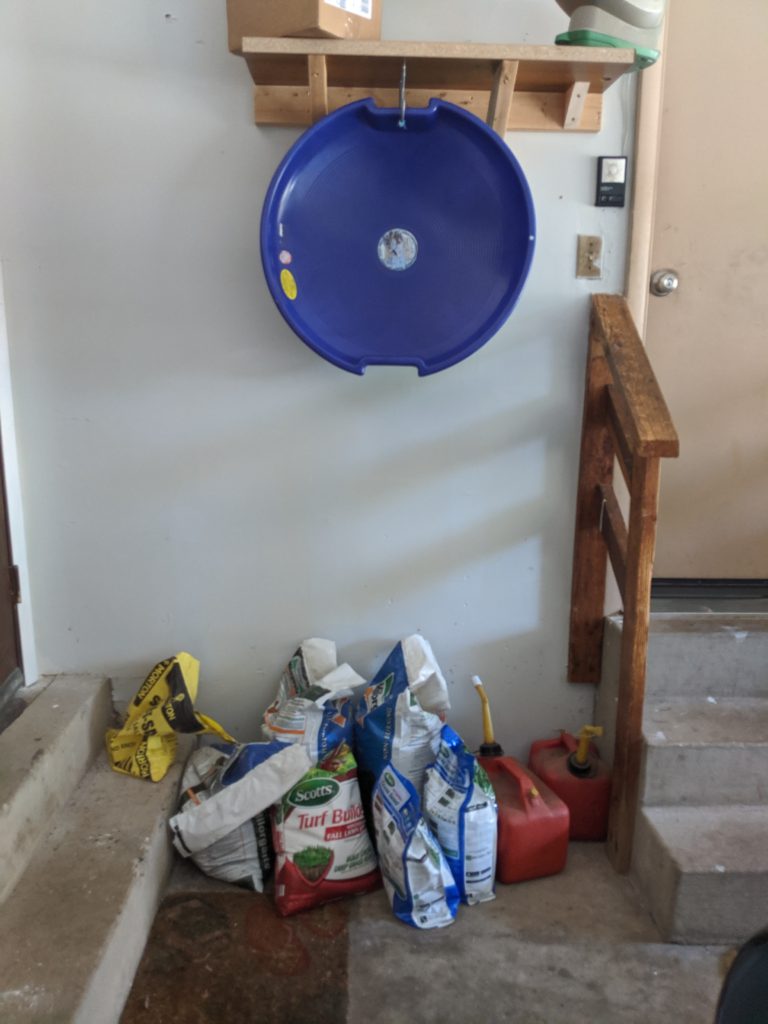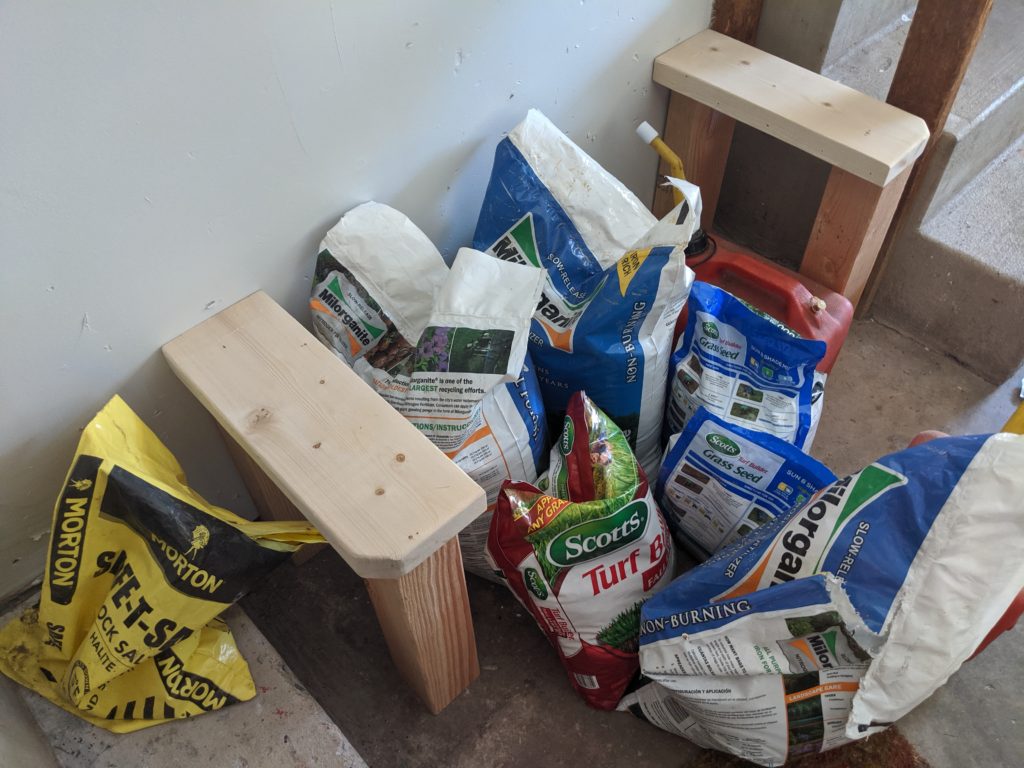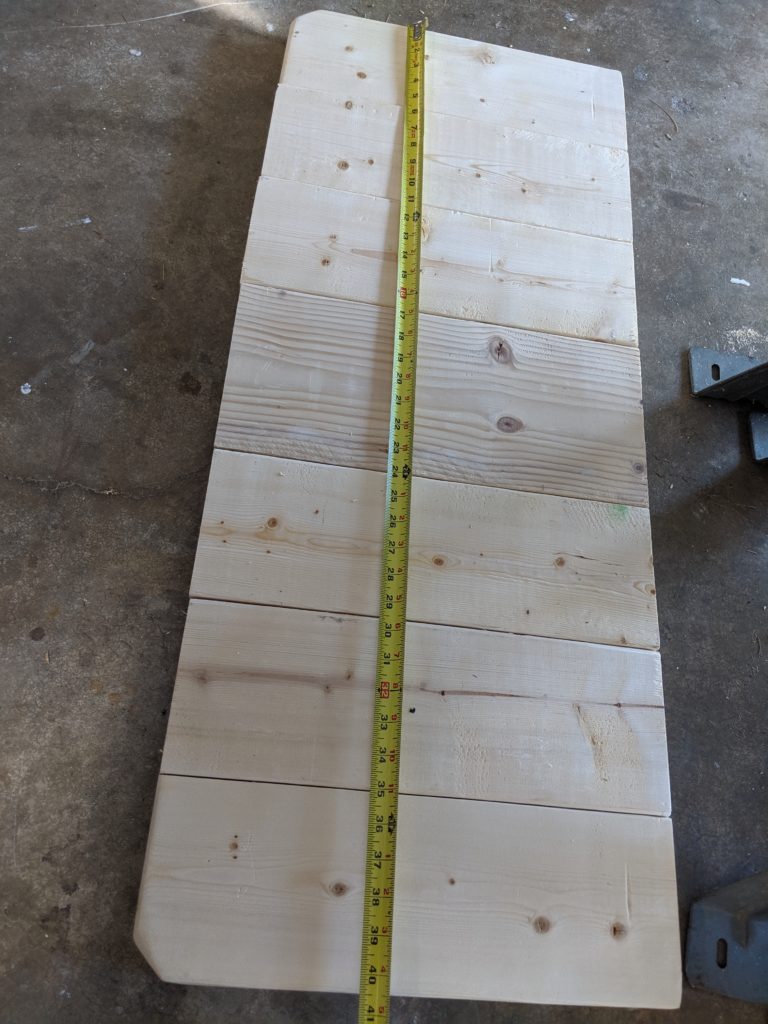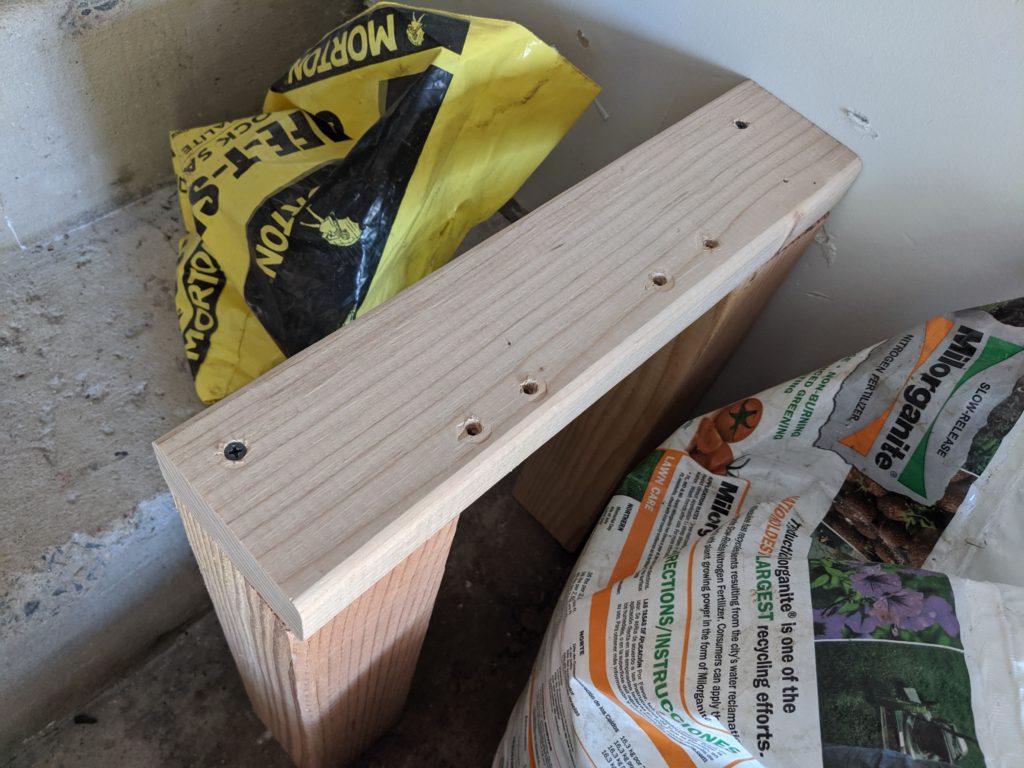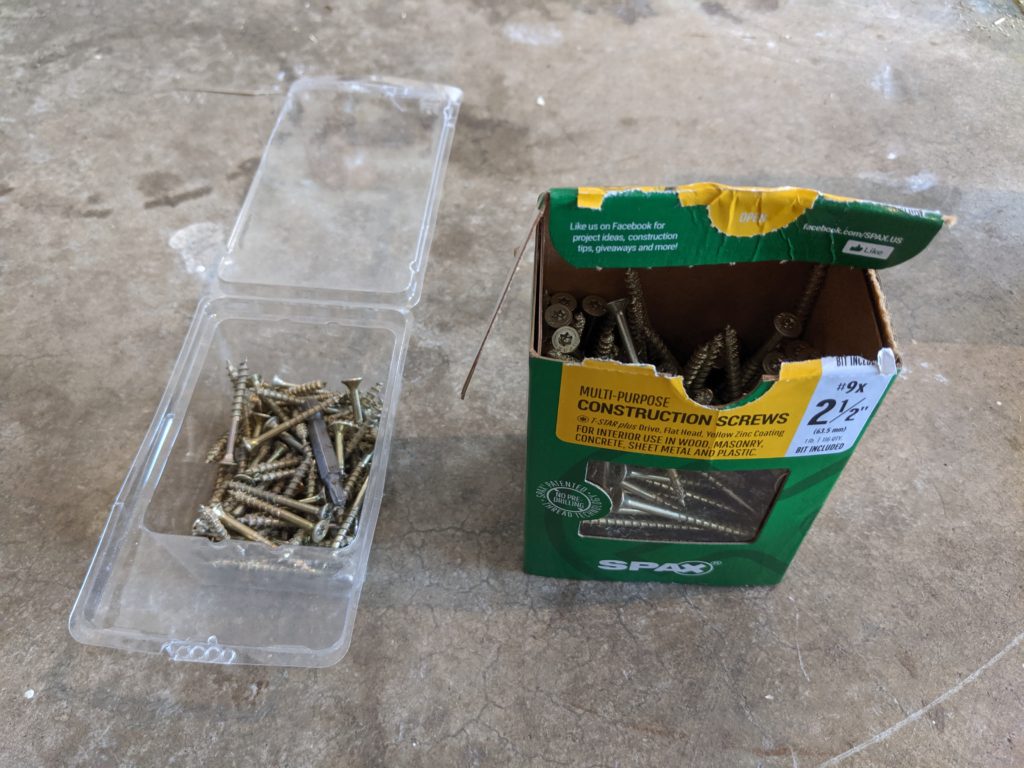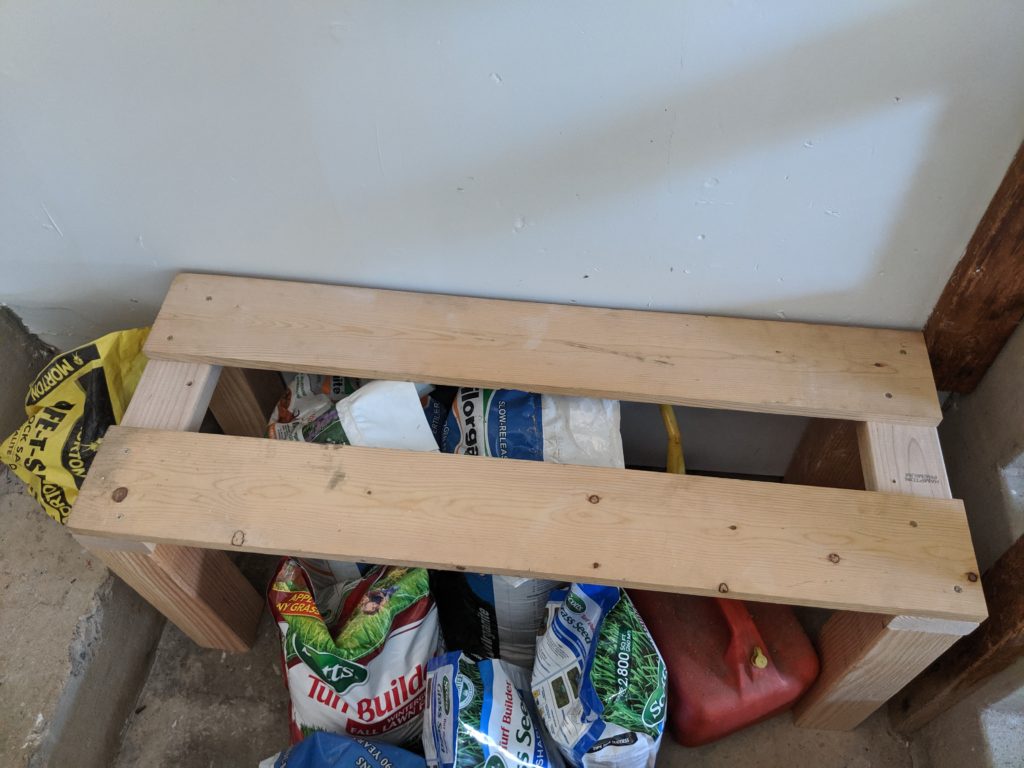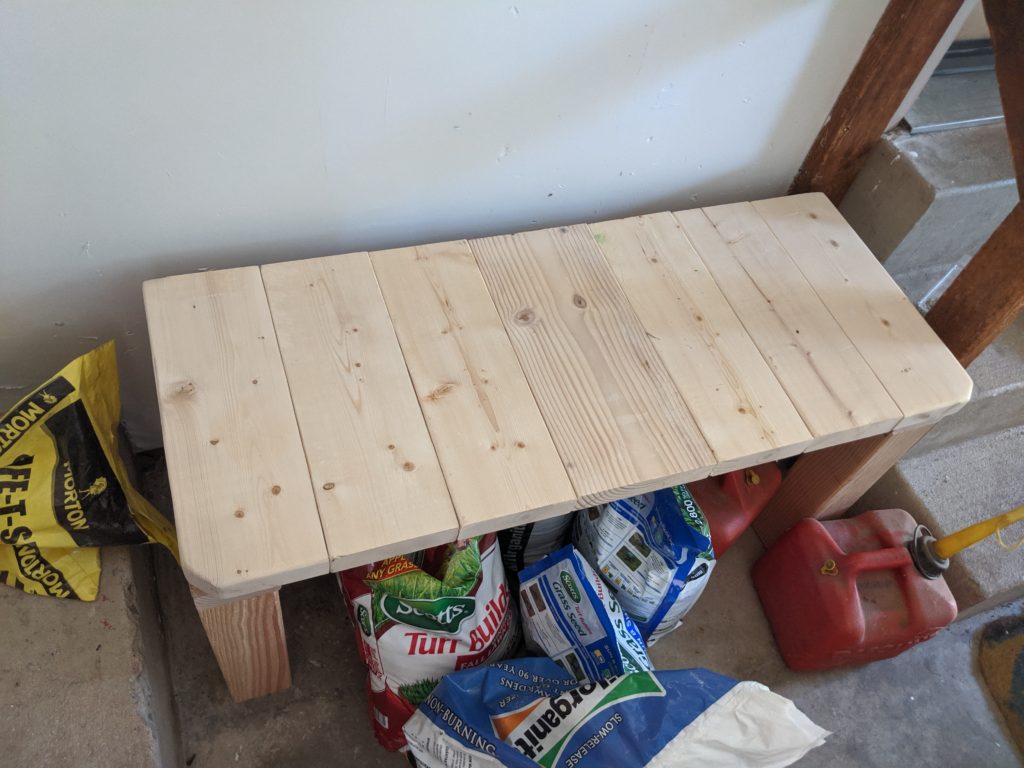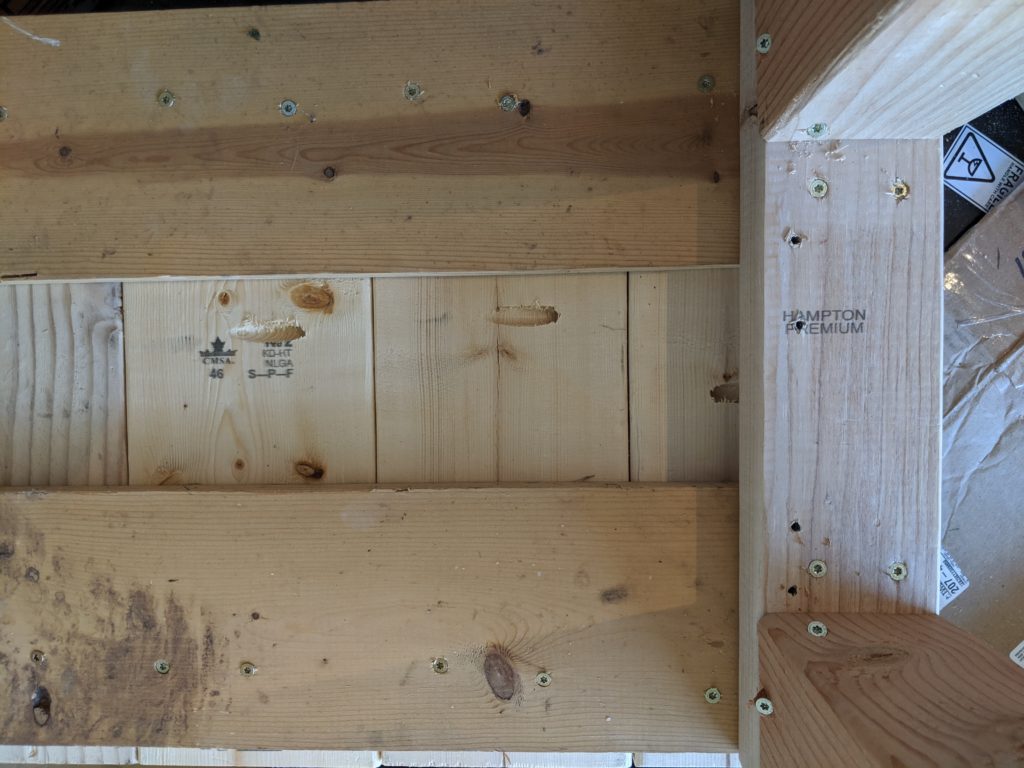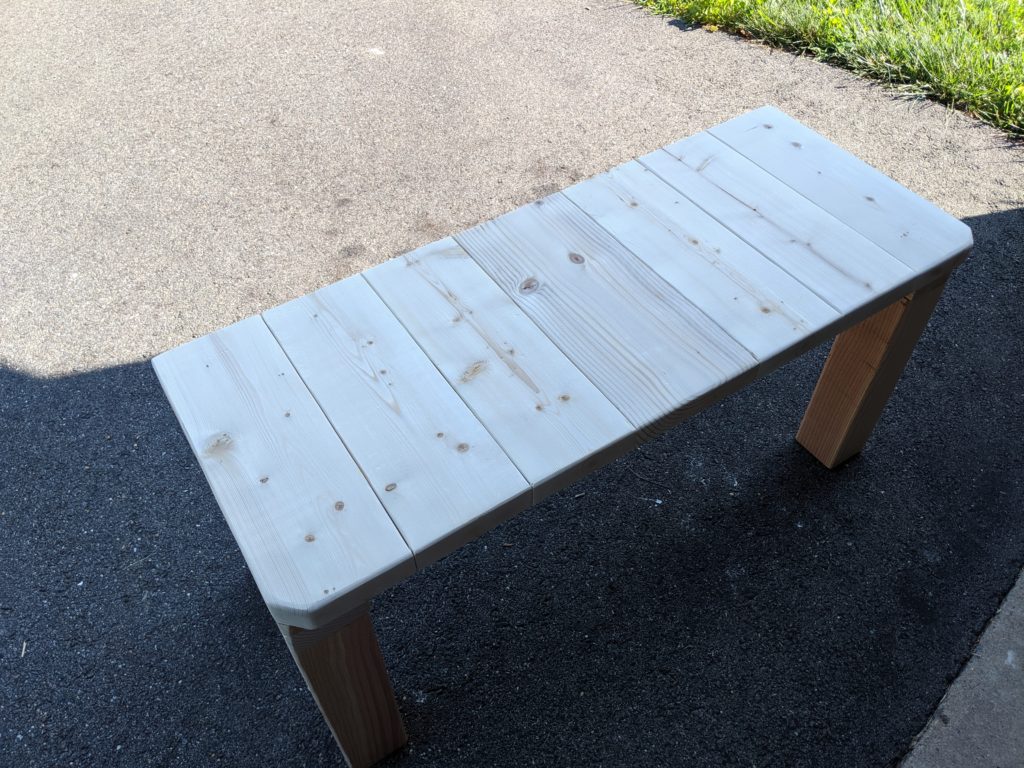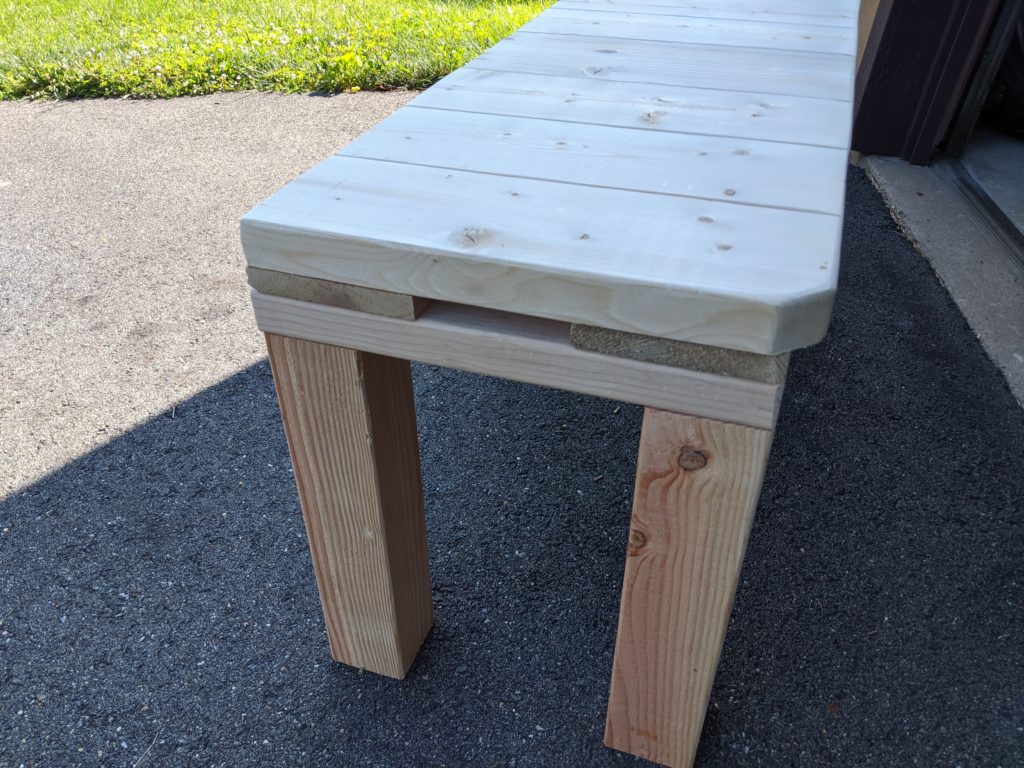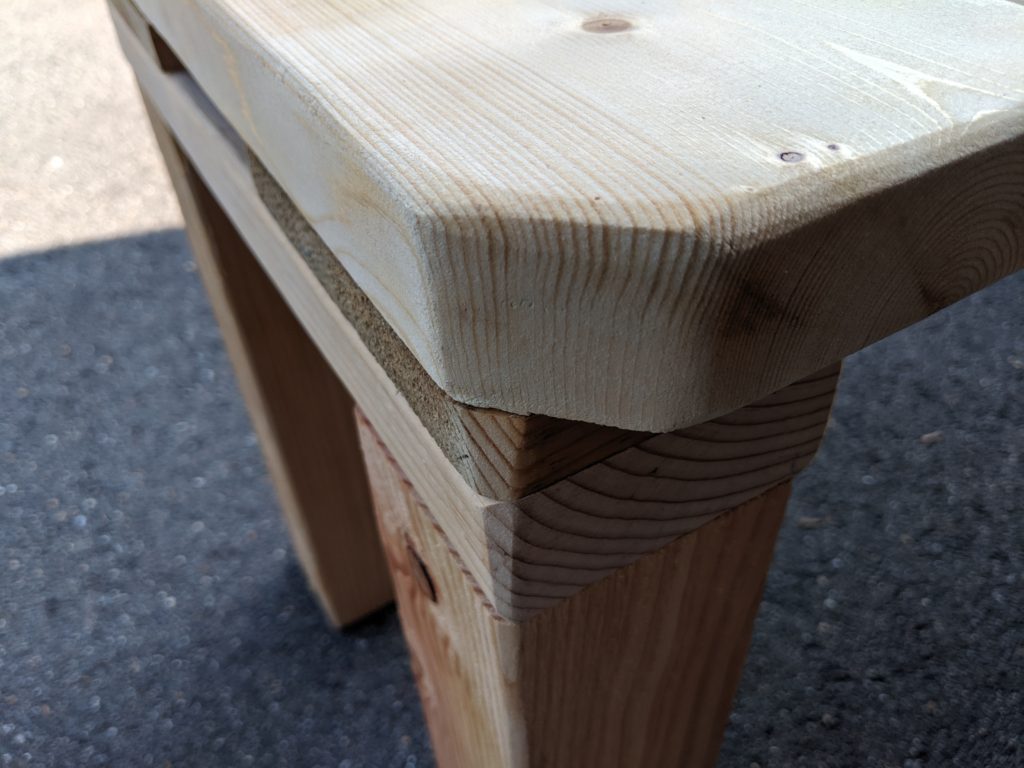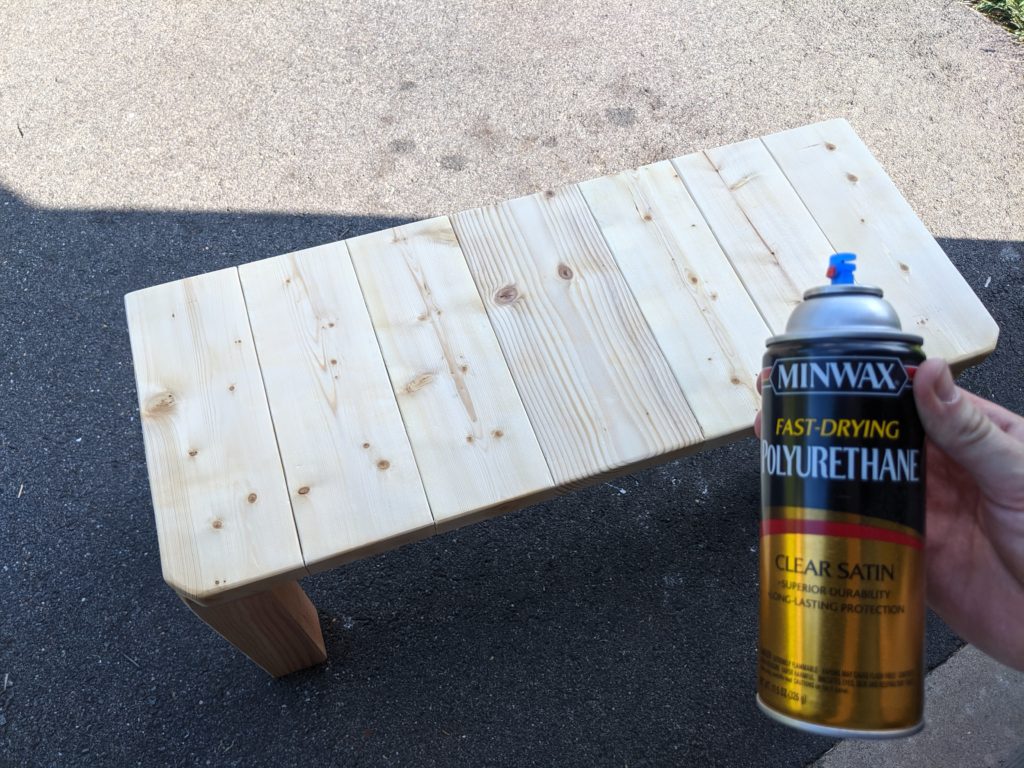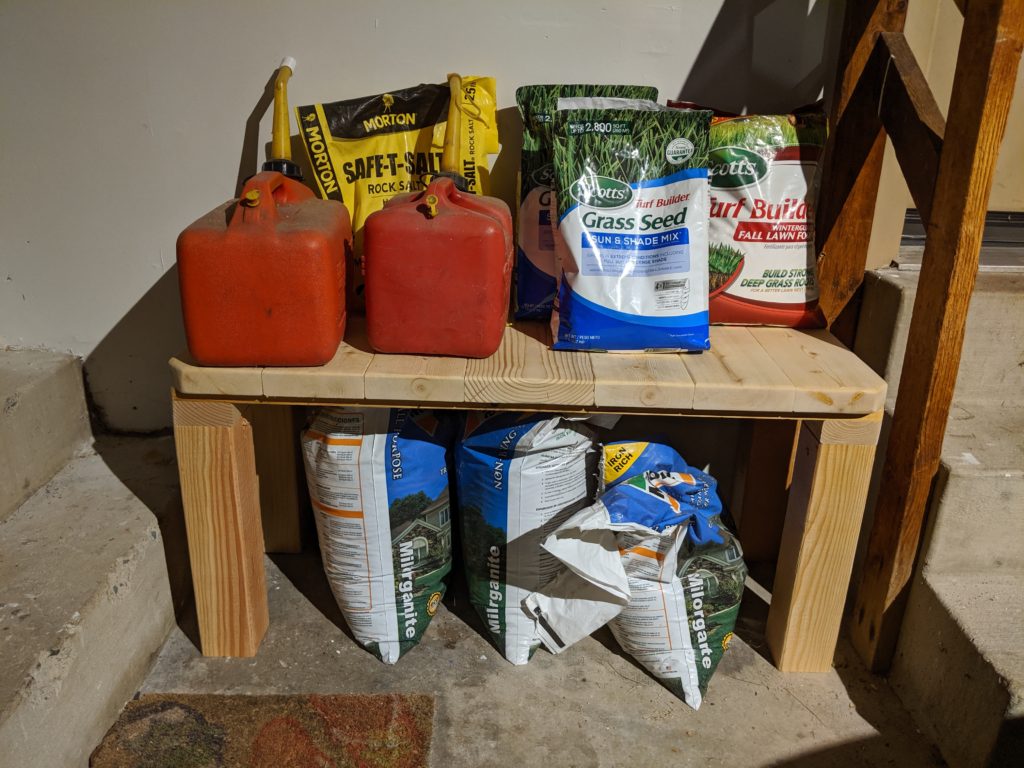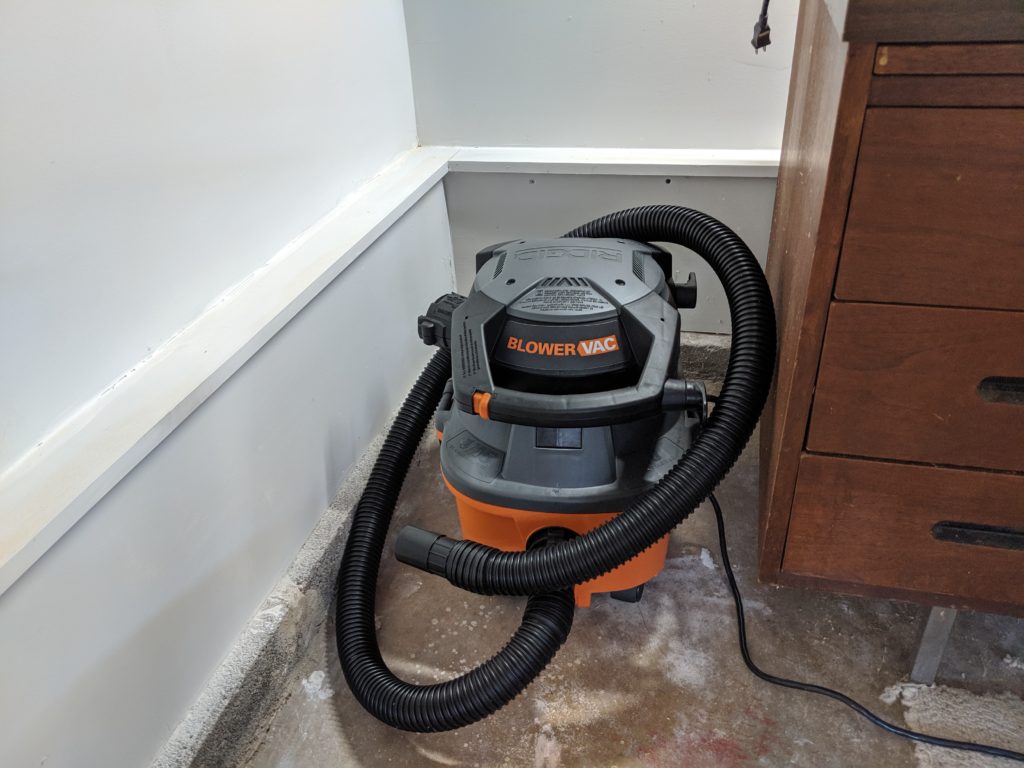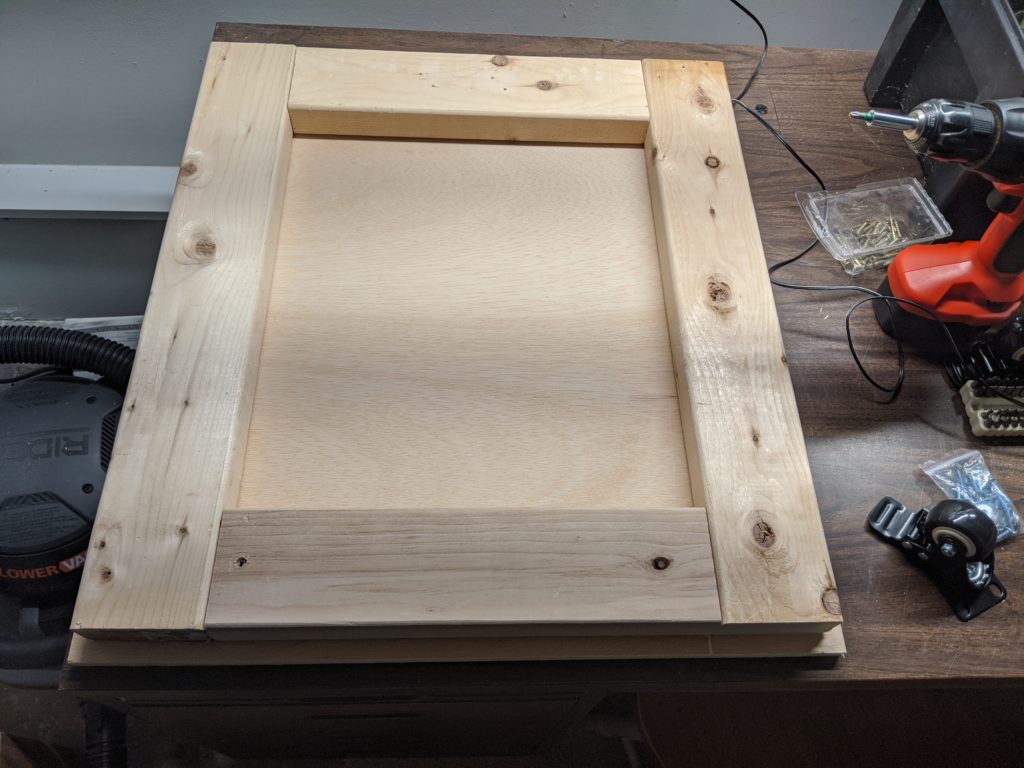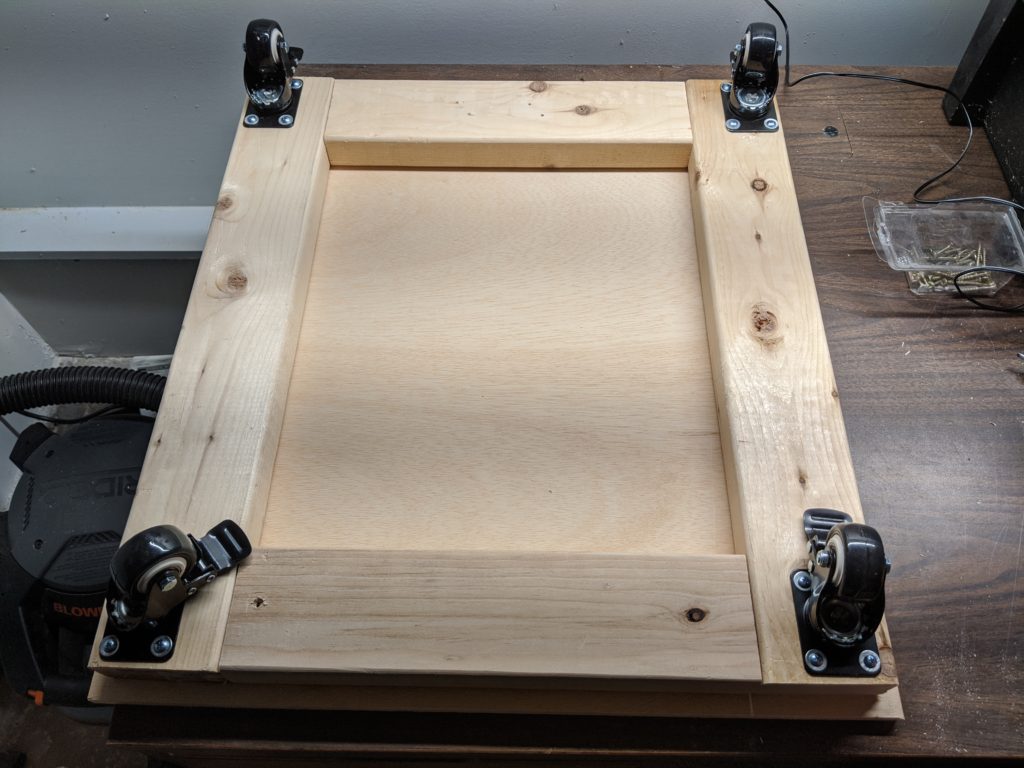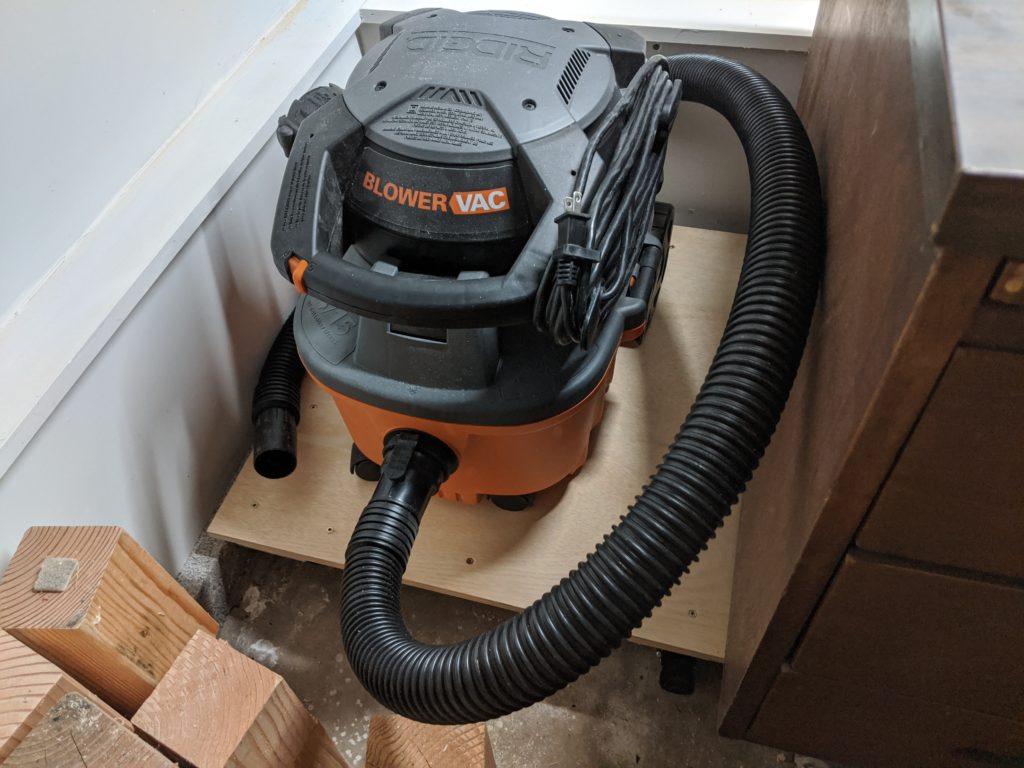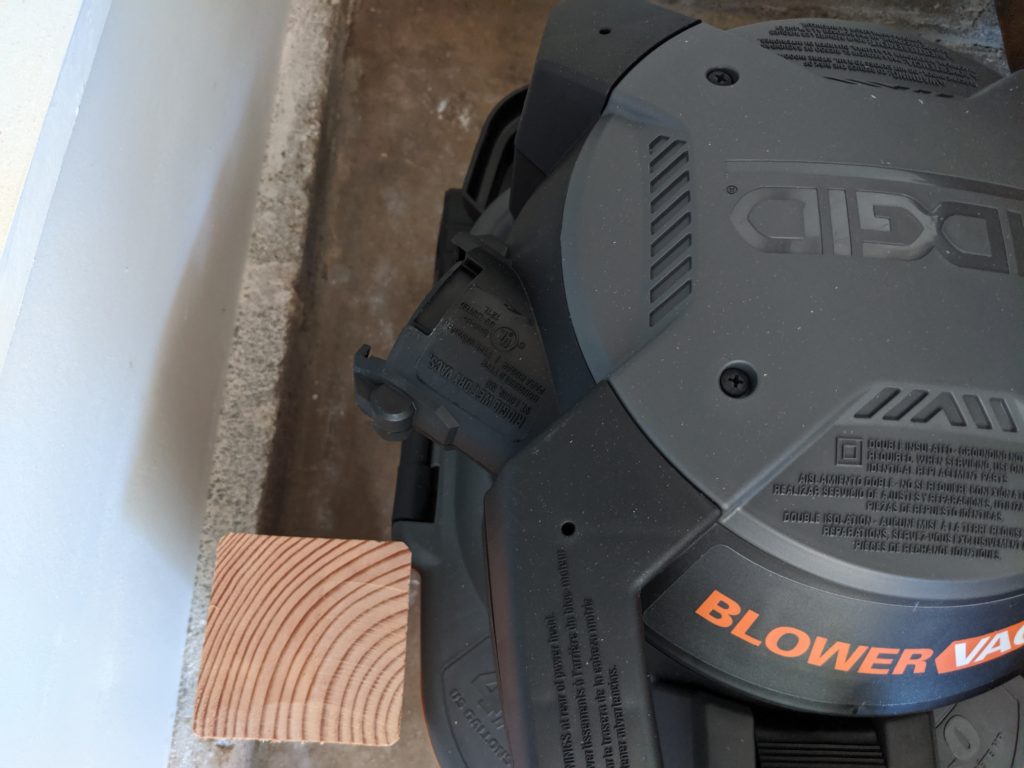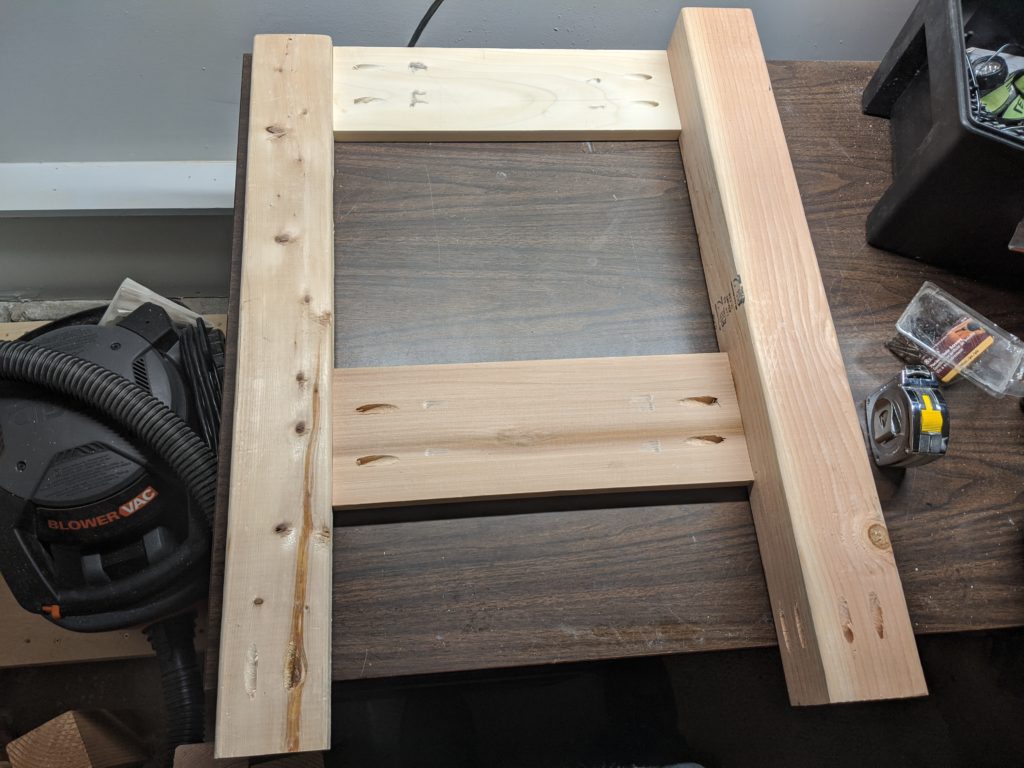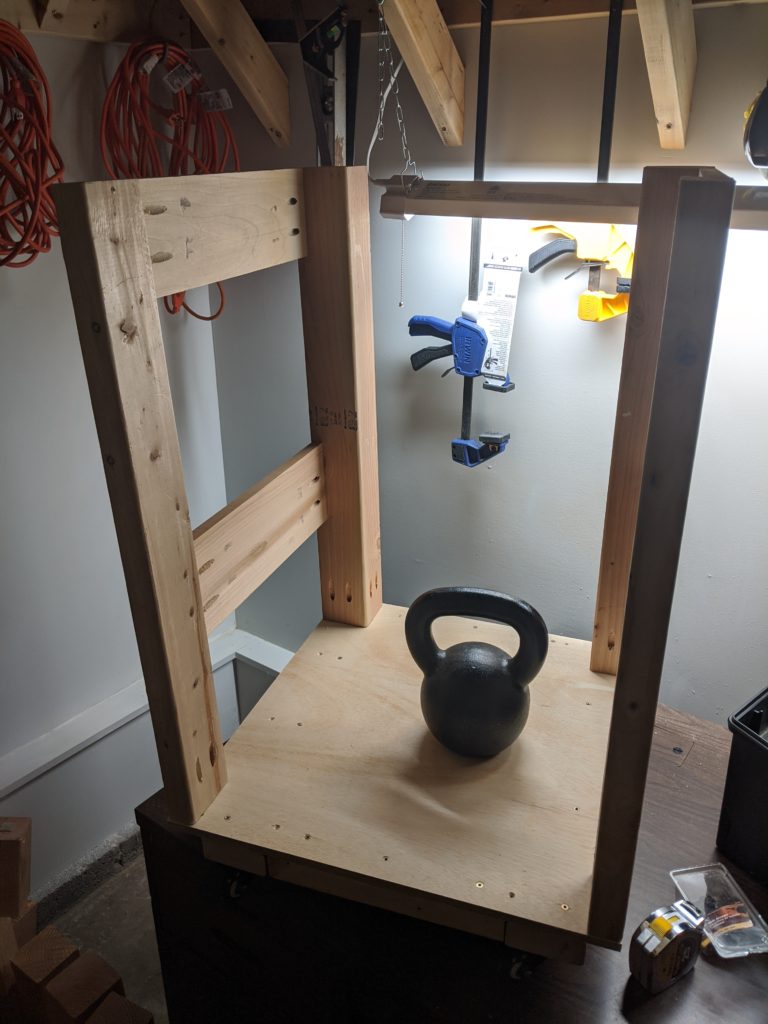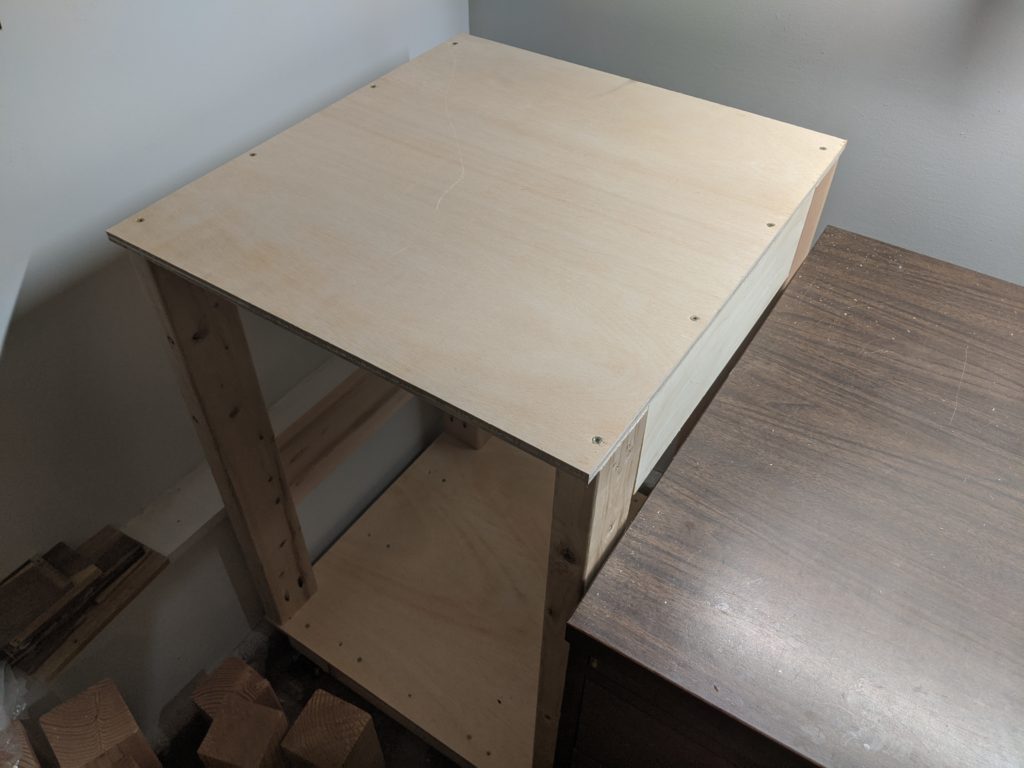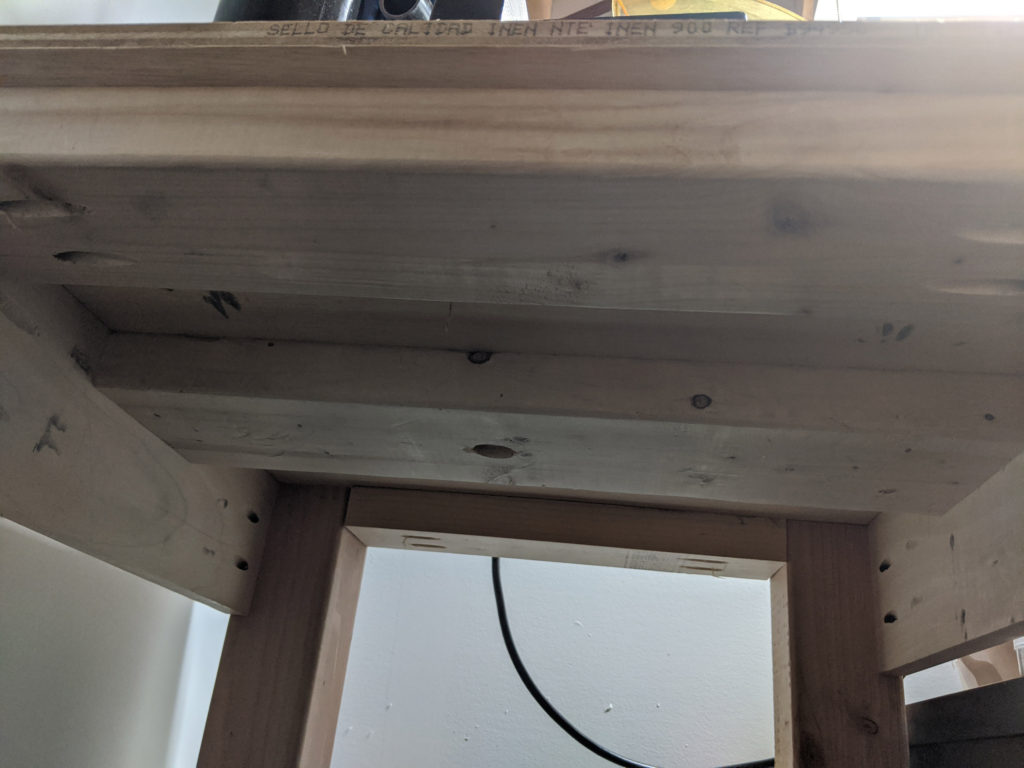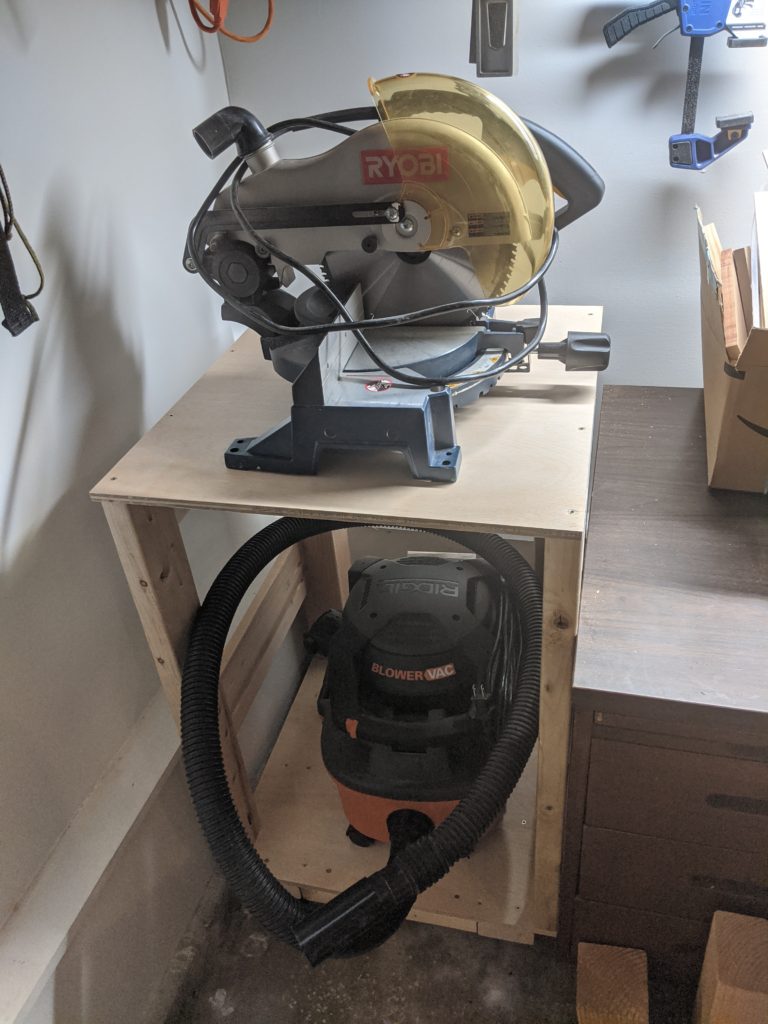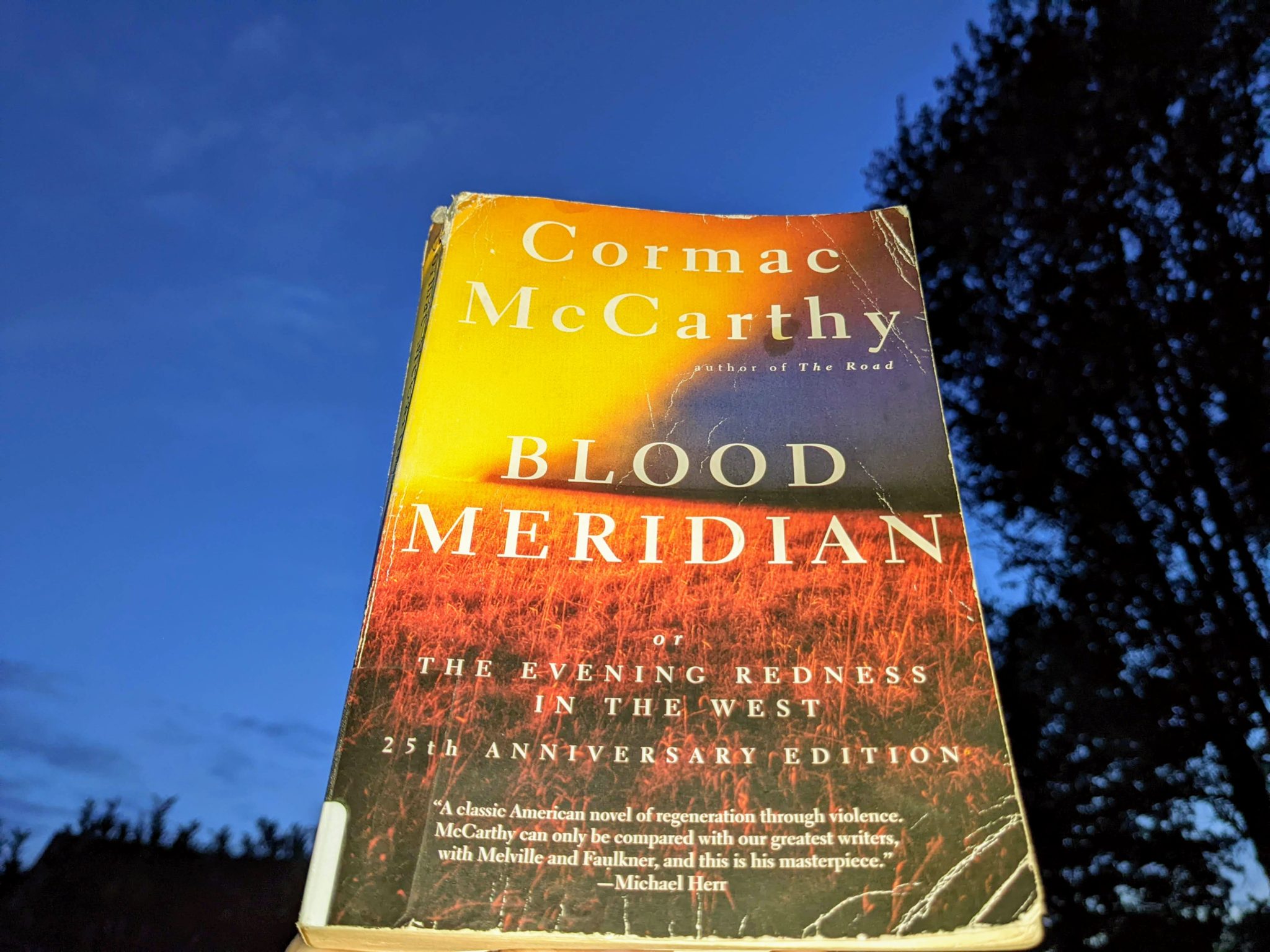
Blood Meridian is incredible. While at times hard to follow, dense, and somewhat difficult (but nevertheless beautiful) in its wording, it very subtly poses questions without explicitly asking them; and after you finish you need to think about what it all even meant.
I suppose it makes sense to start by talking about the ending.
After I closed the book, I was left in utter confusion. Followed by minutes of frustration. And then days of absolute wonder and amazement.
Blood Meridian isn’t just a novel of historical fiction; it’s a deep, enriching, and frightening exploration into the human condition. Into destiny. The struggle of humanity made bare on the plains and mountains of the Old West.
But before digging too deeply into that, I want to break down a few things:
The Title of Blood Meridian
What is a meridian? The dictionary gives various options:
late Middle English: from Old French meridien, from Latin meridianum (neuter, used as a noun) ‘noon’, from medius ‘middle’ + dies ‘day’. The use in astronomy is due to the fact that the sun crosses a meridian at noon.
As an adjective, can mean the apex, or height, of something. a high point (as of development or prosperity)
I think ‘meridian’ as used in the title refers to a line being crossed, just as the sun crosses the line of midday; a line of blood being crossed, hence a “blood meridian.”
And before we get to “blood” in the title, let’s take a quick look at the subtitle: “Or, the evening redness in the west.”
I don’t think it’s describing a literal sunset, but instead possibly a reference to this ancient saying:
Red sky at night, sailors’ delight.
Wikipedia
Red sky at morning, sailors take warning.
Perhaps the evening (night) redness is the delight of violence (red blood being shed); the eventual shedding of blood by the main character one fateful night?
Speaking of blood, it’s first mentioned when they meet an old Mexican man in a cantina-
“‘Blood’, he said. ‘This country is give much blood. This Mexico. This is a thirsty country. The blood of a thousand Christs. Nothing….
He made a gesture toward the world beyond where all the land lay under darkness and all a great stained altarstone….
I pray to God for this country. I say that to you. I pray. I don’t go in the church. What I need to talk to them dolls there? I talk here.’
He pointed to his chest. When he turned to the Americans his voice softened again. ‘You are fine caballeros,’ he said. ‘You kill the barbaros. They cannot hide from you. But there is another caballero and I think that no man hides from him. I was a soldier. It is like a dream. When even the bones is gone in the desert the dreams is talk to you, you don’t wake up forever.'” (pg 108)
I think the “another caballero” who no man can hide from is the judge, so let’s talk about him.
Who (or What) is the Judge?
The judge is certainly an enigma. Descriptions give him small hands and feet, no hair anywhere on his body, a very tall height, expertise in various scientific fields, and fluency in many languages.
We’re first introduced to the judge on page 6 when he interrupts a preacher’s sermon. The preacher, shaken by the interruption, even says about the judge- “This is him. The devil. Here he stands.”
The judge has an interesting view of the world and of himself. He declares, “Whatever in creation exists without my knowledge exists without my consent” and that “in order for it (the world, life) to be mine nothing must be permitted to occur upon it save by my dispensation” and finally, “The freedom of birds is an insult to me. I’d have them all in zoos.” (pp 207-208)
He talks at length about the nobility of games and war, especially when a player’s life is at stake- “War is the truest form of divination. It is the testing of one’s will and the will of another within that larger will which because it brings them is therefore forced to select. War is the ultimate game because war is at last a forcing of the unity of existence. War is god.” (pg 267)
Is the judge actually Mars, the Roman god of war? Or is he Death personified? Perhaps he’s the Devil after all?
I don’t think he’s any of those, not literally. Instead, he’s more of a force for or symbol of corruption; disease and decay (which feed on and break down life), evil (which seeks to control it), and destruction (tearing it apart).
Part of the etymology of “corruption” is
directly from Latin corruptus, past participle of corrumpere “to destroy; spoil,”
He could also be an allusion to The Erlking, a Dutch myth about a monster who killed children. Goethe has a poem about a child who is at first tempted and then killed by the Erlking; note too that the judge speaks Dutch fluently, and the chapter heading for the last chapter includes “Sie mussen schlafen aber Ich muss tanzen” which means “You must sleep but I must dance.” In the Bowring translation of Geothe’s poem it has the line:
“My daughters by night their glad festival keep, they’ll dance thee, and rock thee, and sing thee to sleep.”
(Side note: considering that chapter headings are written for the reader, isn’t it a bit creepy to consider that perhaps McCarthy wrote this line in the chapter heading as the judge breaking the fourth wall and addressing the reader?)
Another interesting note is that if we look at the etymology of the word “judge” early in its history, around 1300 AD, it was used to mean:
to form an opinion about; inflict penalty upon, punish; try (someone) and pronounce sentence.
Is the judge someone whose purpose is to test/try people and inflict a penalty on those who are corrupted? And in this case the person who becomes corrupted is the main character, the kid?
I’m not sure, but let’s now look at the kid.
Who is the Kid?
Despite being the main character, we don’t know much about him, not even his name.
We know that he ran away from his poor, motherless home and constantly drunk dad in Tennessee at 14, and was “pale and unwashed. He can neither read nor write and in him broods already a taste for mindless violence. All history present in that visage, the child the father of the man.” (pg 3)
I love that last bit- as children grow up and become adults, so too will the kid grow up and become a man. And he will be the father (figuratively- like a creator figure) of the man he becomes.
Consider too The Road (also written by McCarthy) where an anonymous “man” tries to teach his son (also an anonymous “kid”) what to do: to “carry the fire” (be good) even after the man passes on.
And note the author’s description of the kid: he already has a taste for mindless violence. But is he mindlessly violent? Will he become mindlessly violent as a man?
It says after he runs away: “His origins are become remote as is his destiny and not again in all the world’s turning will there be terrains so wild and barbarous to try whether the stuff of creation may be shaped to man’s will or whether his own heart is not another kind of clay.” (pg 5)
I think that is the crux of the book: what will he become, and why? Does he have a say in the shaping of his clay heart? And if he does, what shape will he choose for his heart?
The next important development about the kid is a card he picks at a firelit fortune-telling session early in the gang’s journey: the Four of Cups. According to John Sepich, who was a friend and biographer of McCarthy, the upside down/reversed Four of Cups could mean:
A more inclusive grouping of the fours, and so of the four of cups as well, is designated, in kabbalistic interpretations of the tarot, by the Hebrew word “chesed,” which is translated “mercy” (Wang 78)….McCarthy has twice associated the kid with a card whose symbolism suggests a divided heart and has generally associated him with the quality of mercy.” (emphasis mine)
Extending the question of the Kid’s destiny and the shaping of his heart, does the card suggest that the kid is provided with multiple attempts to kill or hurt others, but despite his taste for violence instead shows mercy (hence his heart being ‘divided’? It’s never made explicit that the kid participates in the violent massacres later in the gang’s travels; there’s ambiguity about his involvement in those, but there are many examples where he chooses to show mercy. Perhaps the kid will be faced with a choice—a test—of mercy as the fourth cup being offered to him as shown in the tarot card, which is often represented as being offered by a divine hand?
Now that we have some background on both the judge and the kid, let’s explore how they become intertwined in the story.
Connections Between the Judge and the Kid
They first meet on page 6, when the kid has gone into a preacher’s tent during a rainstorm. The preacher’s saying, “Don’t you know that [God] said, I will foller ye always even unto the end of the road?…He’s a going to be there with ye ever step of the way whether ye ask it or ye don’t,” and then is interrupted by a large man, the judge, coming into the tent. The judge says the preacher has no official priestly credentials and is guilty of terrible crimes, riling up the audience who (presumably) kill the preacher. It’s later revealed the judge lied, making up his claims just to have some fun.
Later, the kid gets into a fight and ends up burning a hotel with another character, Toadvine. As the kid flees the town on his mule, the judge, who had been watching the fire, turns and smiles at the kid.
On page 99 after the kid draws the Four of Cups the judge “was laughing silently. He bent slightly the better to see the kid….The juggler kneeling before him watched him with a strange intensity. He followed the kid’s gaze to the judge and back. When the kid looked down at him he smiled a crooked smile.”
I wonder if the judge knows the kid has mercy in his heart, and wants to see what the kid will become in that harsh environment; many times we’re shown the merciful acts of the kid.
For example, when Brown, one of the gang members, is shot in the leg with an arrow, the kid helped remove the arrow when no one else in the gang would help (note that the judge explicitly refused to help Brown! See pp 168-169). Later, members of the gang draw lots to determine who has to stay behind and deal with a mortally wounded gang member, Shelby, before the tribe following them catches up and kills him in a gruesome way. While drawing lots, the kid has his hand on one arrow before “he saw the judge watching him and he paused. He looked at Glanton (the gang leader). He let go the arrow he’d chosen and sorted out another and drew that one. It carried the red tassel.” (pg 214) And at one point a man kept trying to touch the kid’s pistol while the kid was eating, until finally the kid “drew the pistol and cocked it and put the muzzle against the man’s forehead….After a while the kid lowered the hammer and put it in his belt and picked up the bowl and commenced eating again.” (pg 313)
Also important is the kid has opportunities to kill the judge near the end of the book; while being followed by the judge and the “idiot” whom the judge is taking care of, the kid and the ex-priest Tobin disguise their tracks and the judge and the idiot pass them by; with the kid pointing a gun at the judge Tobin says, “You’ll get no such chance as that again” but the kid doesn’t shoot.
The judge even walks back and says, “There’s a flawed place in the fabric of your heart. Do you think I could not know? You alone were mutinous. You alone reserved in your soul some corner of clemency for the heathen.” (pp 310-311). Note the similarity between “clemency” and “mercy.” The judge is telling the kid that he knows there’s mercy in his heart.
A short time later, after having given the judge the slip, the kid and Tobin arrive in San Diego and the kid is arrested in a case of mistaken identity. The next morning, he finds the judge outside of his cell.
The judge tells the kid that he told the soldiers that the entire violent escapade was the kid’s fault; that he was “the person responsible…it was you and none other who shaped events along such a calamitous course….But even though you carry the draft of your murderous plan with you to the grave it will nonetheless be known in all its infamy to your Maker….You came forward,” he said, “to take part in a work. But you were a witness against yourself. You sat in judgment on your own deeds. You put your own allowances before the judgments of history and and you broke with the body of which you you were pledged a part and poisoned it in all its enterprise…Yet even so you could have changed it all….For even if you should have stood your ground,” he said, “yet what ground was it?” (pp 318-319)
Remember that fundamental question asked about him after he had ran away from home to Texas:
“Only now is the child finally divested of all that he has been. His origins are becoming remote as is his destiny and not again in all the world’s turning will there be terrains so wild and barbarous to try whether the stuff of creation may be shaped to man’s will or whether his own heart is not another kind of clay.” (pg 5)
So, who is the shaper? Does man shape the world as he chooses, or is man shaped like clay?
The judge says, “A man seeks his own destiny and no other…Any man who could discover his own fate and elect therefore some opposite course could only come at last to that self-same reckoning at the same appointed time, for each man’s destiny is as large as the world he inhabits and contains within it all opposites as well. This desert upon which so many have been broken is vast and calls for largeness of heart but it is also ultimately empty. It is hard, it is barren. Its very nature is stone.” (pg 344)
The Role of God
The book has several allusions to God (or a lack thereof).
Years pass after the kid escapes from jail and leaves the gang and the judge behind, during which time the kid travels from place to place taking on various jobs; he even “had a bible that he’d found at the mining camps and he carried this book with him no word of which he could read. In his dark and frugal clothes some took him for a sort of preacher but he was no witness to them….He saw men killed with guns and with knives and with ropes and he saw women fought over to the death whose value they themselves set at two dollars.” (pg 325)
Perhaps the kid believes in something divine being out there in the world- why else carry a book he can’t read during his wandering?
He eventually comes across an old woman, kneeling, surrounded by a group of massacred “penitents” or religious pilgrims and worshippers. As he approaches her he gently offers to help her. He even starts spilling a confession about his misdeeds and the bad situation he’s put himself in. She doesn’t respond, and the kid nudges her, only to find she “was just a dried shell and she had been dead in that place for years.” (pg 328)
Note that her shawl depicts “stars and quartermoons” which could be an allusion to Our Lady of Guadalupe who also looks down, wearing a shawl of stars, standing on a half moon.
So, in effect, it’s possible that McCarthy is suggesting that God is dead and/or unwilling to help. The kid even asks, right before reaching out to touch her, “No puedes escucharme?” (Can you not hear me?). Contrast that with this prayer to ‘Our Lady of Guadalupe’:
Never has it been known that anyone who fled to your protection, implored your help, or sought your intercession, was left unaided….
O Holy Mother of God, despise not our petitions, but in your mercy hear and answer us. Amen.
The kid physically reaches out to a representation of a divine intercessory figure, possibly hoping for a chance to redeem himself, but receives nothing in return. Like the old Mexican man said earlier in the book: “The blood of a thousand Christs. Nothing.”
This is also reminiscent of The Road which I mentioned before; a character named Ely (similar to Eli, Hebrew for “my God,” “high,” or “elevated”) is met on the road by the similarly titled “man” and “kid” and Ely tells the man, “There is no god and we are his prophets.”
From here on out in Blood Meridian the kid is referred to as “the man.” Did that interaction with the intercessory figure complete the kid’s change into manhood?
More years pass and he’s on the plains heading towards Fort Griffin, which was “full of whores…set up to be the biggest town for sin in all Texas…as lively a place for murders as you’d care to visit. Scrapes with knives. About any kind of meanness you can name.” (pg 332)
The day before arriving there, the man is approached by a group of teenagers on the plains who tell him what they’ve heard about Fort Griffin and its “meanness.”
The man considers their descriptions of Fort Griffin while poking the fire with a stick and then asks, “You all like meanness?”
The children reply that they don’t, however one of them, Elrod (which is Hebrew for “God is the king”), asks a lot of pointed questions about the man and ends up antagonizing the man, who asks how old Elrod is. It turns out Elrod is fifteen, and the man says,
“I was fifteen year old when I was first shot.”
“I ain’t never been shot,” comes the reply from Elrod.
“You ain’t sixteen yet neither,” says the man.
“You aim to shoot me?” replies Elrod.
“I am to try to keep from it.” (emphasis mine)
Unfortunately, Elrod keeps antagonizing the man who stands up in anger and tells Elrod’s friends, “You keep him away from me,” he said. “I see him back here I’ll kill him.” (pg 335)
This is fascinating. One minute the man is saying he wants to avoid shooting Elrod, who clearly reminded him of himself at fifteen, and then a few minutes later is giving a threat (promise?) to shoot Elrod if he shows himself again…which he does.
The man kills Elrod, someone so much like the man when he was himself a kid. In a way, the man killed both himself and God (or the divine, the mercy, the good within himself).
My guess is that the man was on the precipice of his future, or as the judge would say, his destiny: “The arc of circling bodies is determined by the length of their tether,” said the judge. “Moons, coins, men.” (pg 257)
Even though the man was already on the path to Fort Griffin, I think his withholding mercy and killing the kid (who was both God and himself) was his blood meridian. I could be wrong, but that’s the moment when he no longer shows mercy and the first time we are explicitly told he takes a life.
Remember how often the kid had often shown mercy before, and note how the nature of his merciful acts evolved from helping someone in the gang to resisting an urge to shoot an old man. The kid also didn’t kill the judge even when presented with multiple opportunities, and he refused to kill Shelby, the wounded member of the gang, even though it would have been considered an act of mercy (irony can be pretty ironic sometimes).
To kill Elrod instead of showing mercy continued the cycle of “the child the father of the man,” or, the broken child growing up, and creating more of himself. Randall, Elrod’s younger brother and now alone in the world, is hinted at following the same path as the kid/man.
Either way, it seems like the divine is not going to help the main character, and that leaves him to deal with the consequences of his actions (enter the judge again) on his own.
The Ending
As promised, we return to the end of the book. On page 337 it describes the kid (man’s) approach into the bar house: “He looked back a last time at the street and at the random windowlights let into the darkness and at the last pale light in the west (note the book’s subtitle- “the evening redness in the west”) and the low dark hills around. Then he pushed open the doors and entered.”
Perhaps I’m reading into things too much, but did he know it would be a last time? Was he wondering whether to turn back, but then decided against it?
Inside, he is found by the judge. What follows is a strange series of events where a girl and a dancing bear perform on stage, and an audience member shoots the bear. The judge calmly explains, “A ritual includes the letting of blood” (pg 342) and my guess is that the judge somehow knows of Elrod’s killing and is preparing to induct the man into the ranks of the corrupt.
The man stops talking to the judge and has a liaison with one of the prostitutes, then heads to an outhouse where he enters and is embraced by the naked judge. It’s unclear exactly what happens, but some time later that evening two other men are looking for the girl whose bear was shot, hoping to pay for the pelt, but she’s missing. They approach the outhouse, and someone is standing nearby. It’s not clear who is standing by the outhouse, but whoever it is suggests they not look inside. The men do look and are shocked by what they see, though we aren’t told what was inside- is it the man, killed by the judge? Or is it the girl, killed by the man?
Then, inside the saloon, the judge dances naked: “His feet are light and nimble. He never sleeps. He says that he will never die. He dances in light and in shadow and he is a great favorite. He never sleeps, the judge. He is dancing, dancing. He says that he will never die.” (pg 349)
What it Means: Good, Evil, Influence, and Choice
I don’t know what it means and probably no one other than McCarthy does either, but I’d like to hazard a guess.
I don’t think the judge is the villain of the story; while he is certainly bad, the point of the book isn’t to show that good triumphs over evil, that we’re all hopelessly destined to be corrupted, or that bad people receive justice in the end (far from it). Instead, the kid/man no longer shows mercy, crosses the blood meridian, and perpetuates the cycle of violence, allowing the judge to continue dancing, to never sleep, to never die.
The kid fulfilled the tarot card; despite showing mercy several times he finally rejected an offer to show mercy, and ultimately embraced corruption (made literal by his embrace from the judge in the outhouse).
The themes are similar to those presented in The Road– namely, can goodness and kindness survive despite terrible and horrendous circumstances? Perhaps this book serves as a foil to The Road; while the kid in that book also had a violent father, that violence was used to protect the kid and the father many times showed his love for his son, whereas the kid in Blood Meridian had a drunkard, emotionally absent father from whom he ran away, following various leaders along a path of violence. Blood Meridian‘s kid lost the fire when he became a man, whereas the kid in The Road might still carry it into manhood.
In closing, Blood Meridian requires the reader to reflect and wonder: am I the shaper of my heart, no matter the terrible things in the world? Can I find out if my “own heart is not another kind of clay” and break cycles of violence and sadness? Will I reject opportunities to provide mercy or will I provide help where I can? We therefore decide on what side of our own blood meridians we will be.

